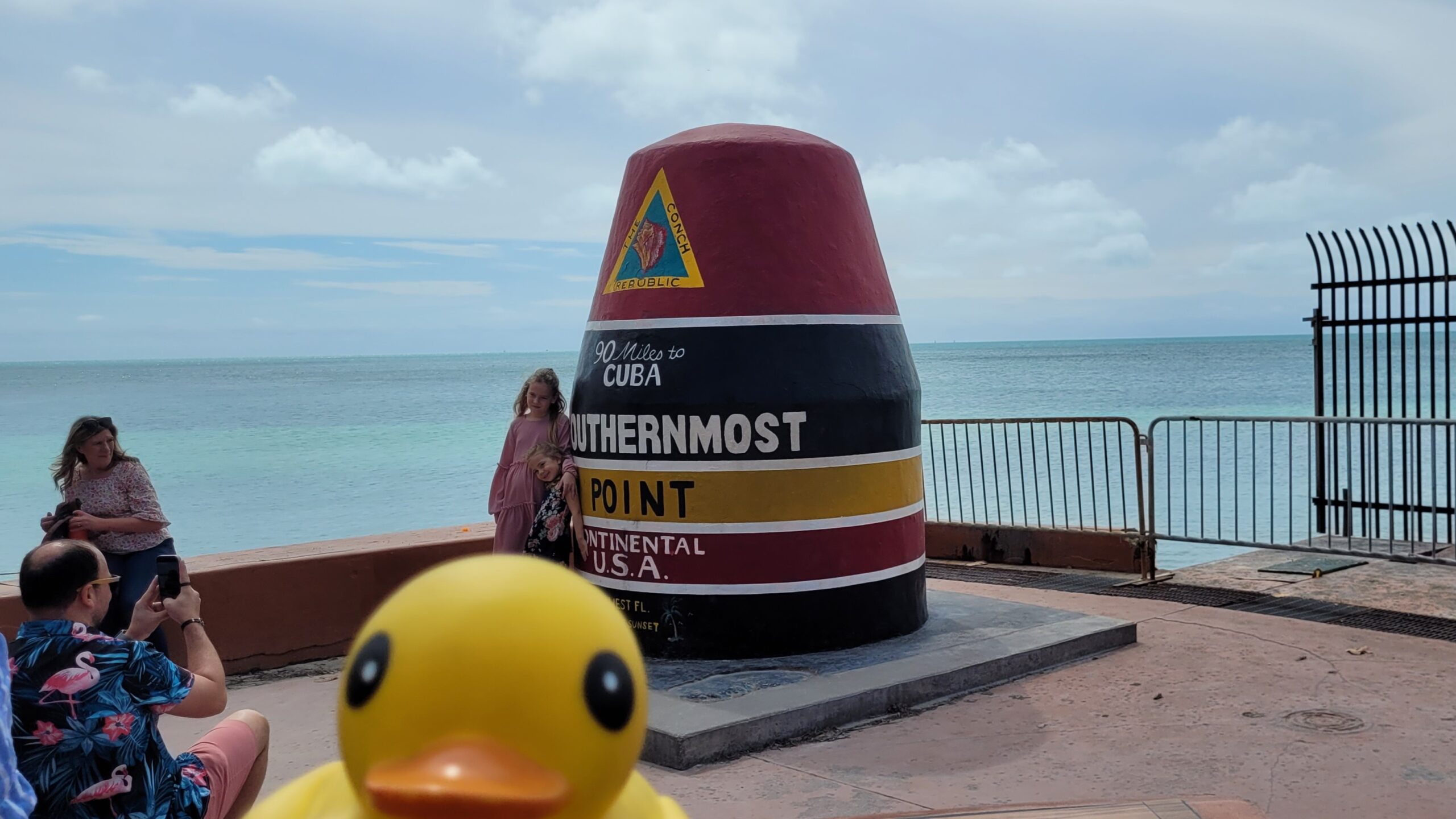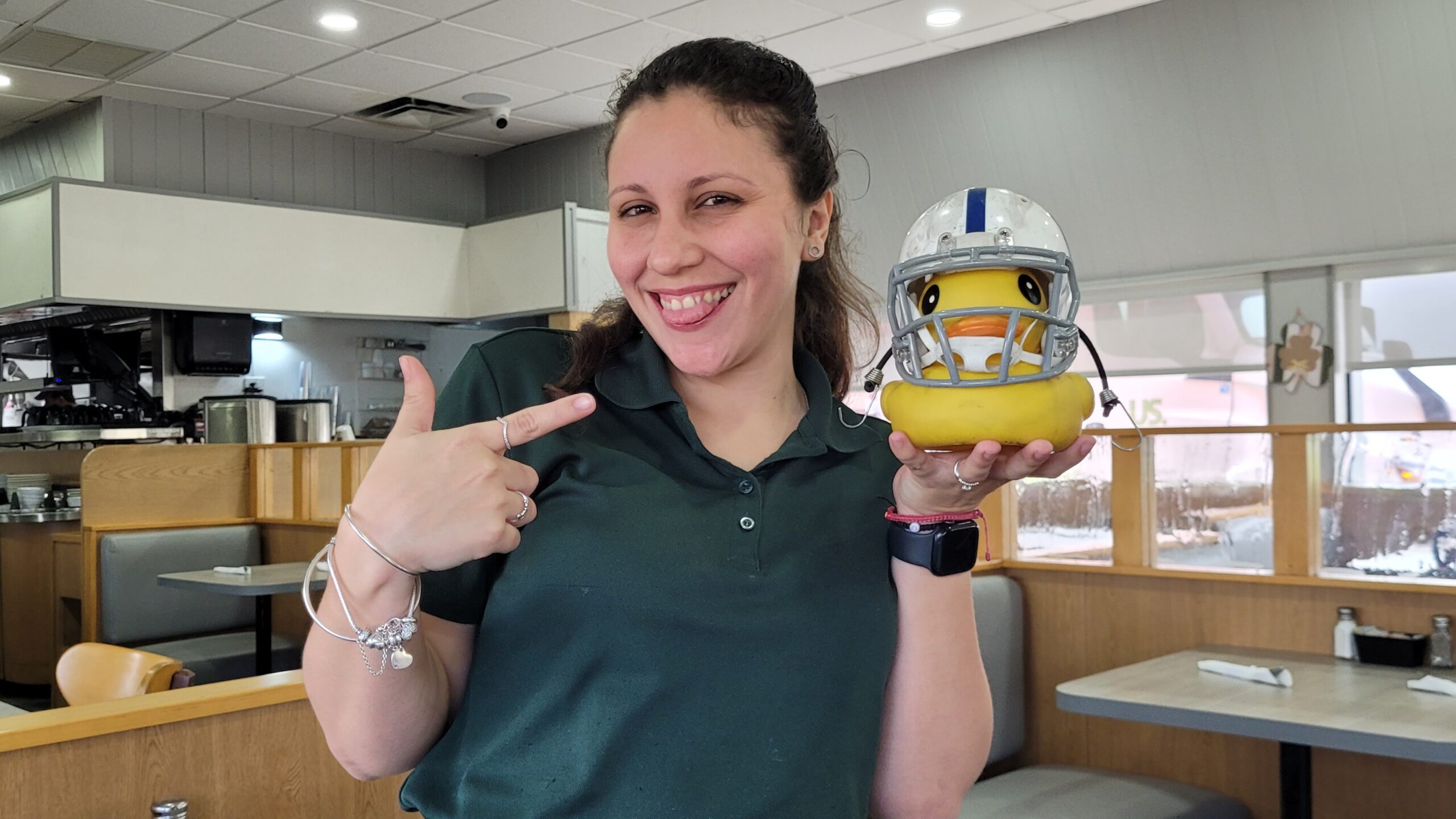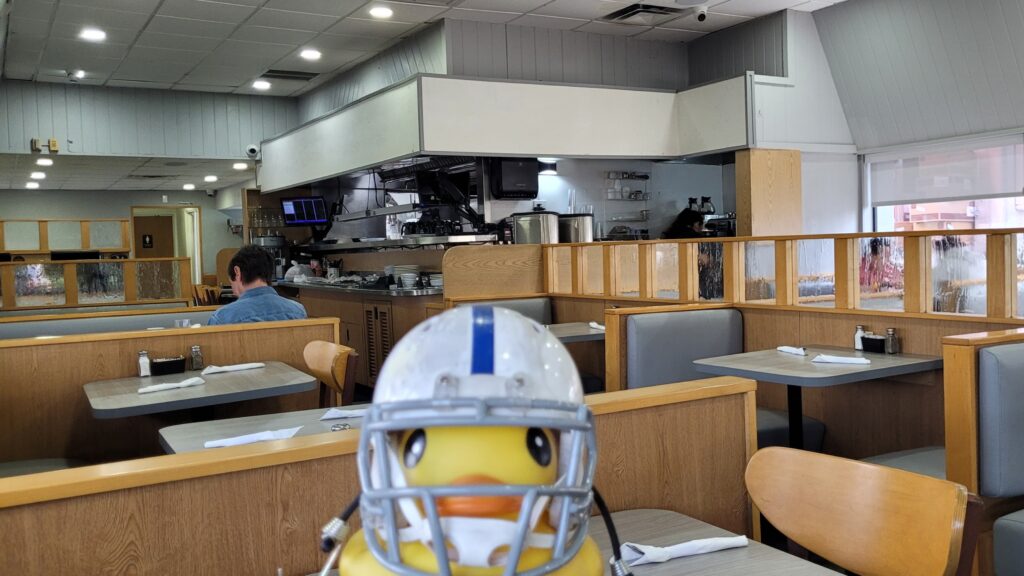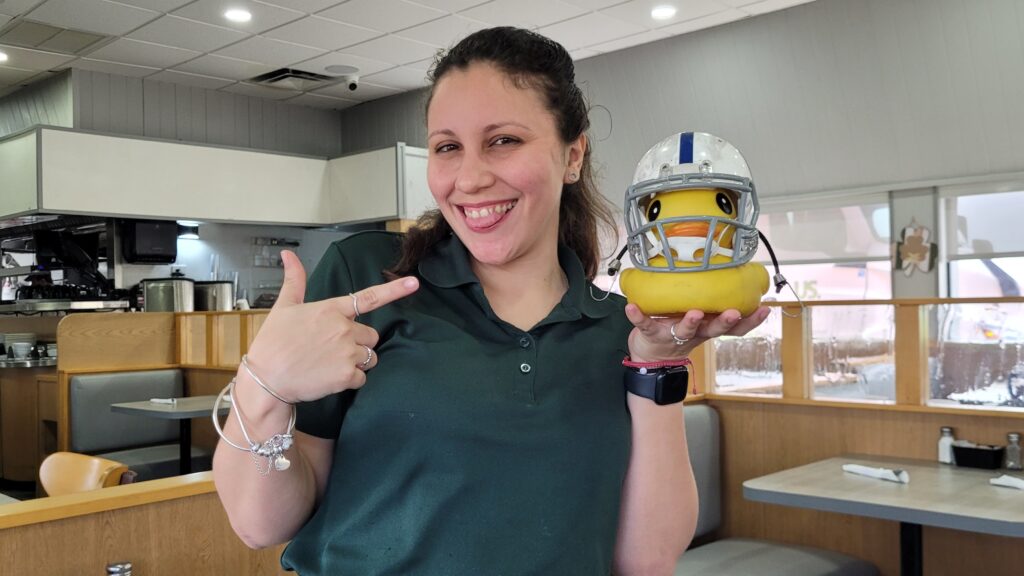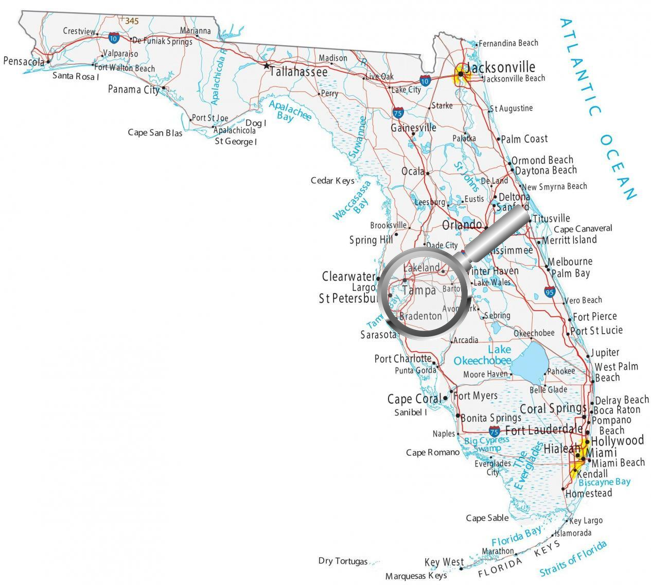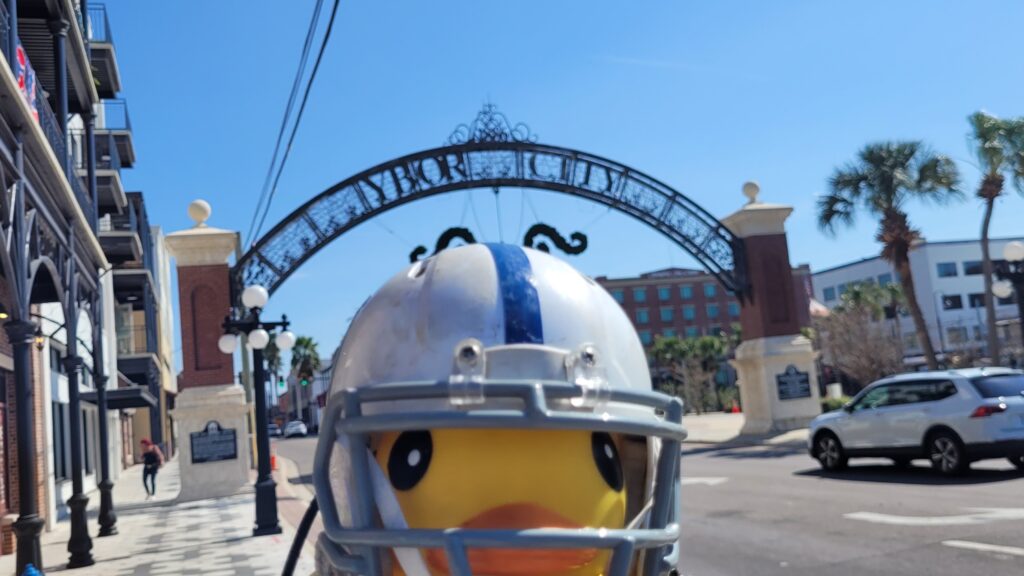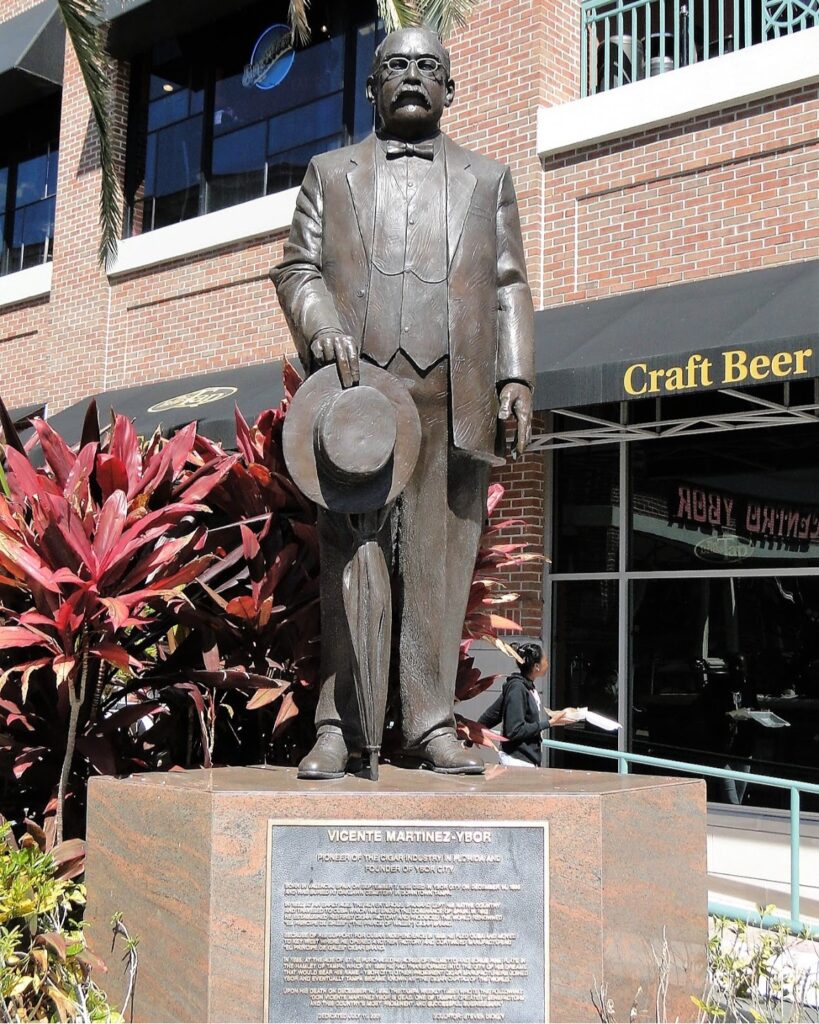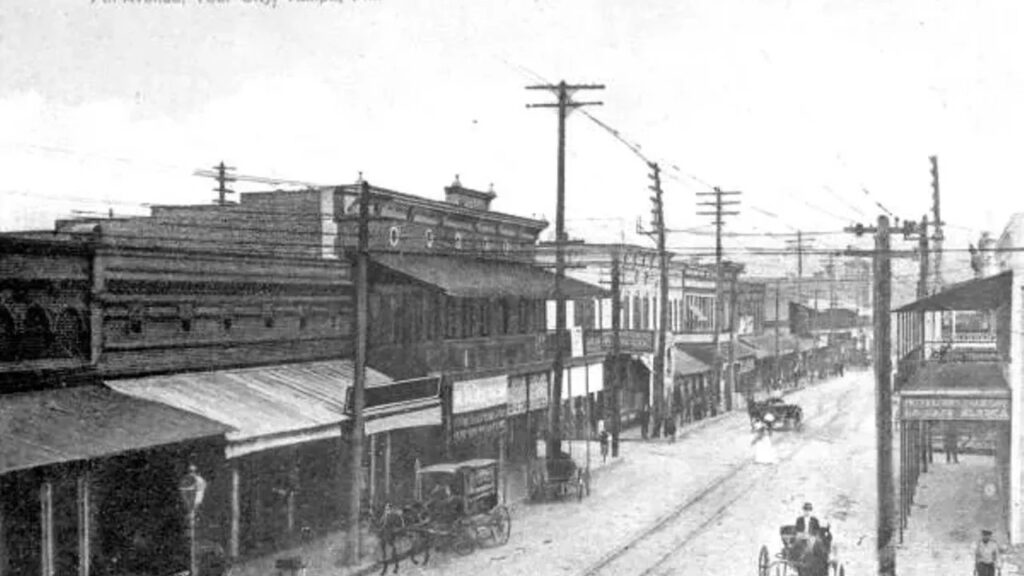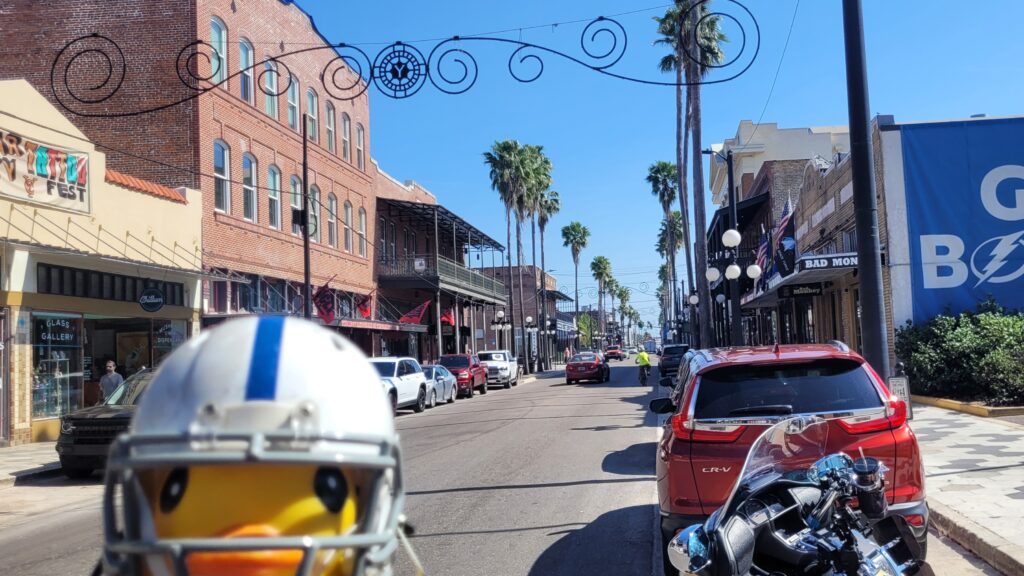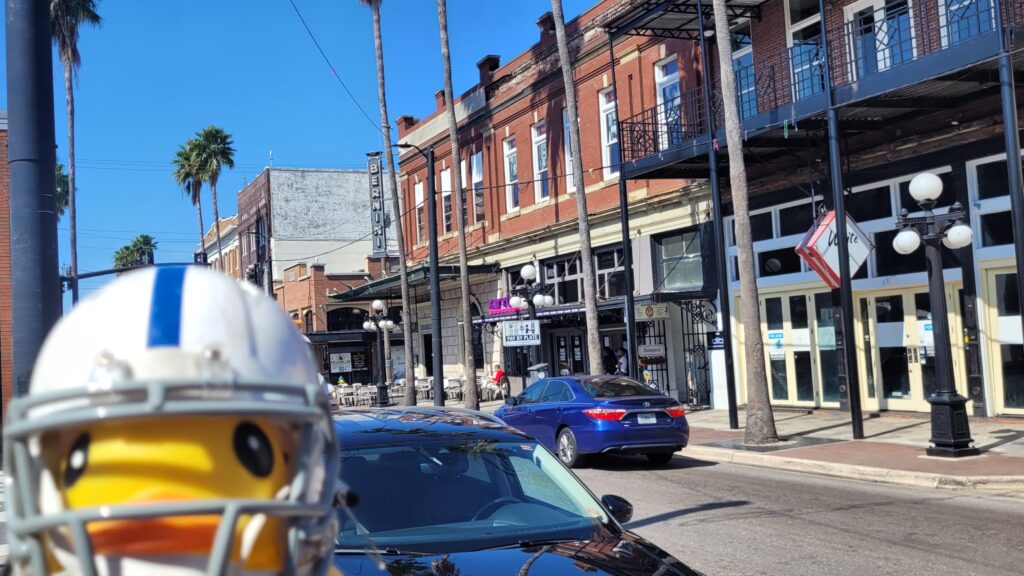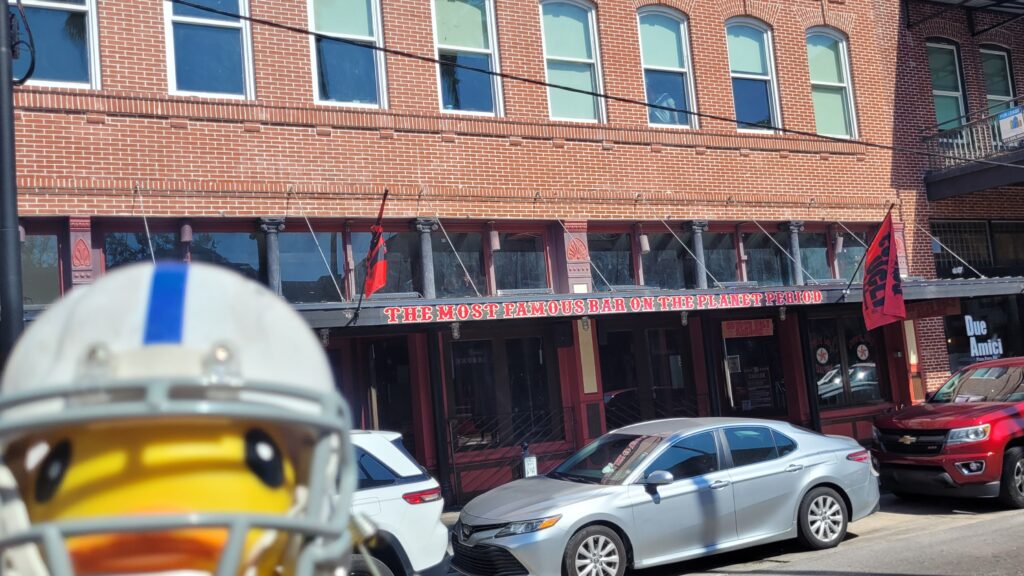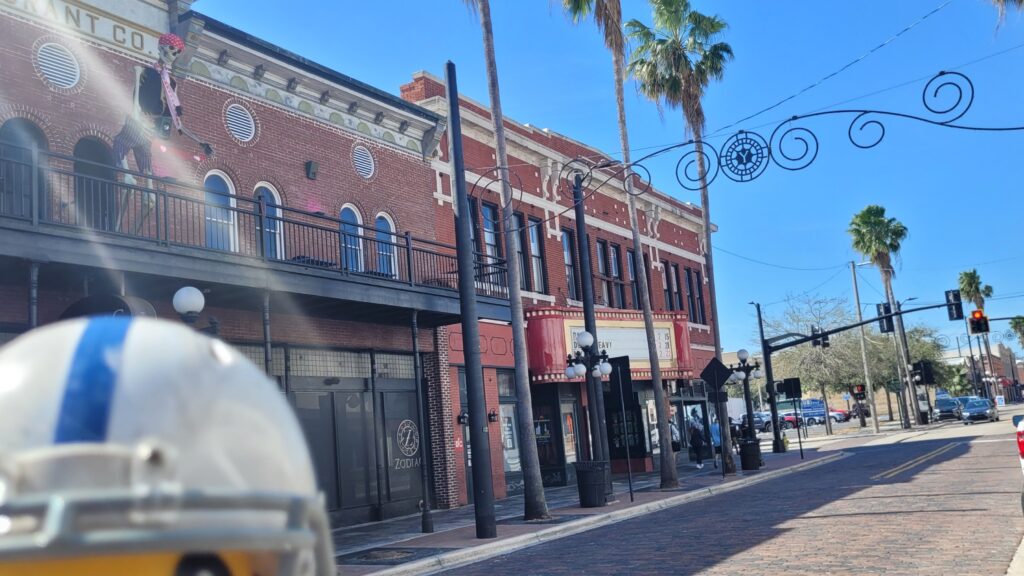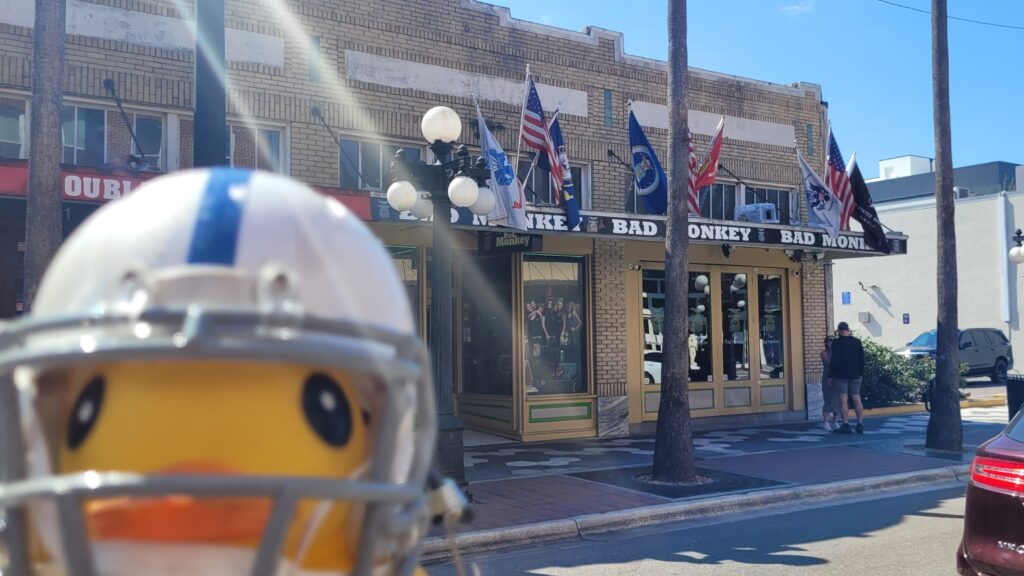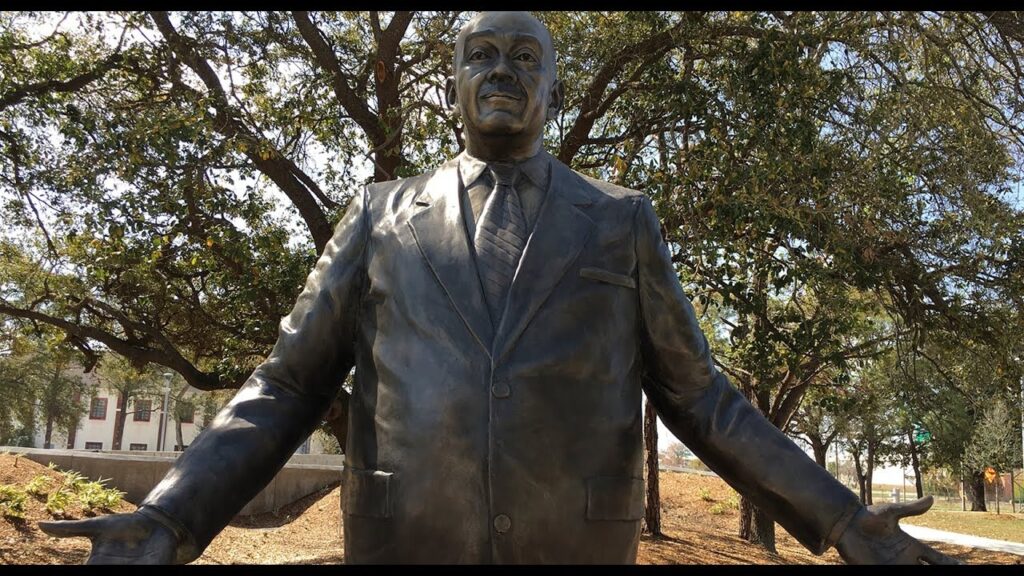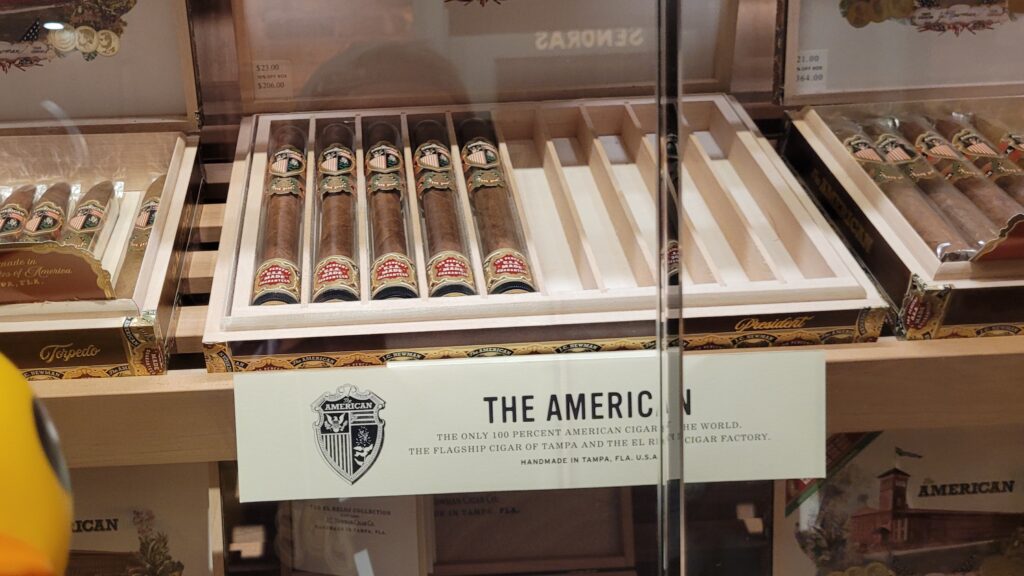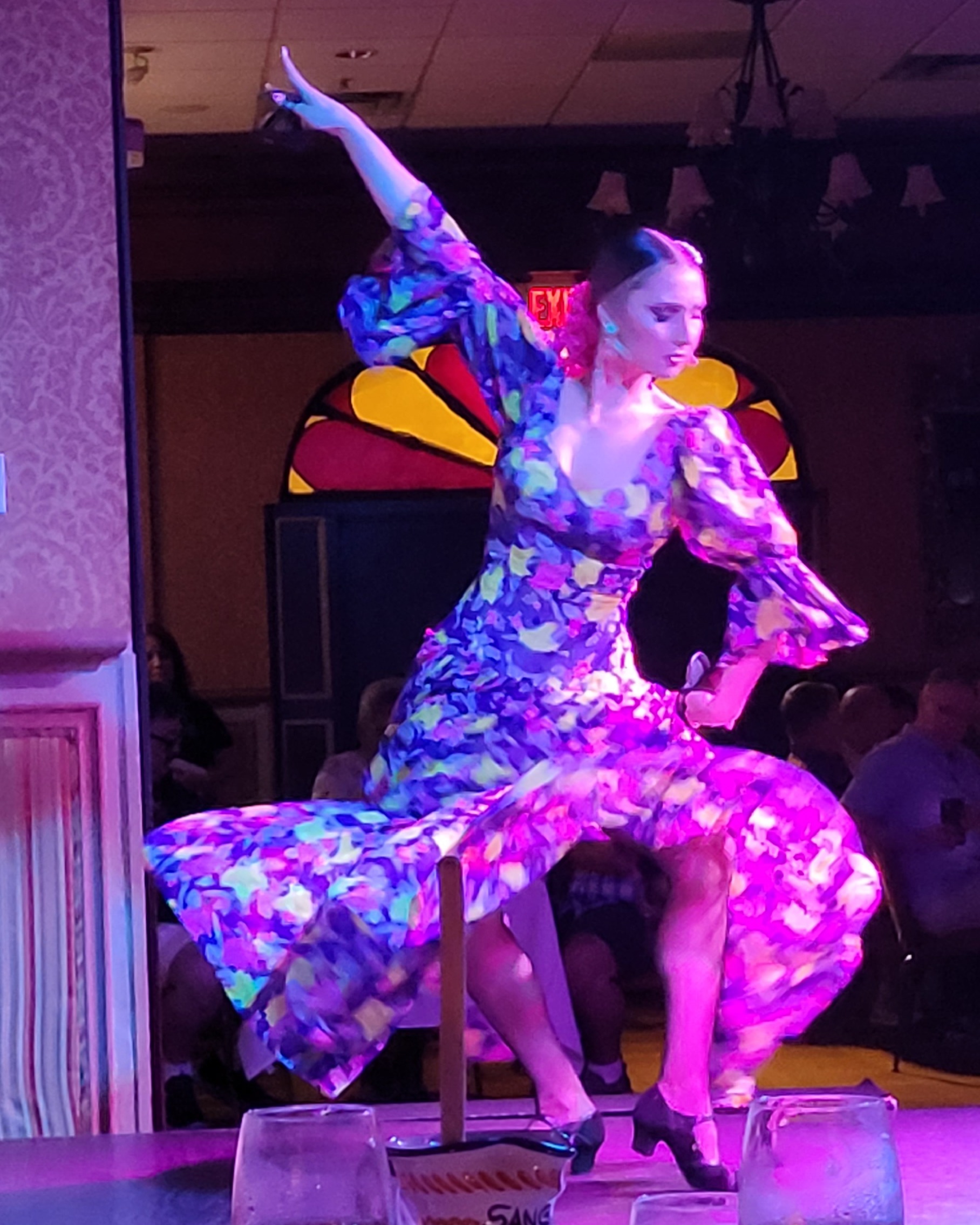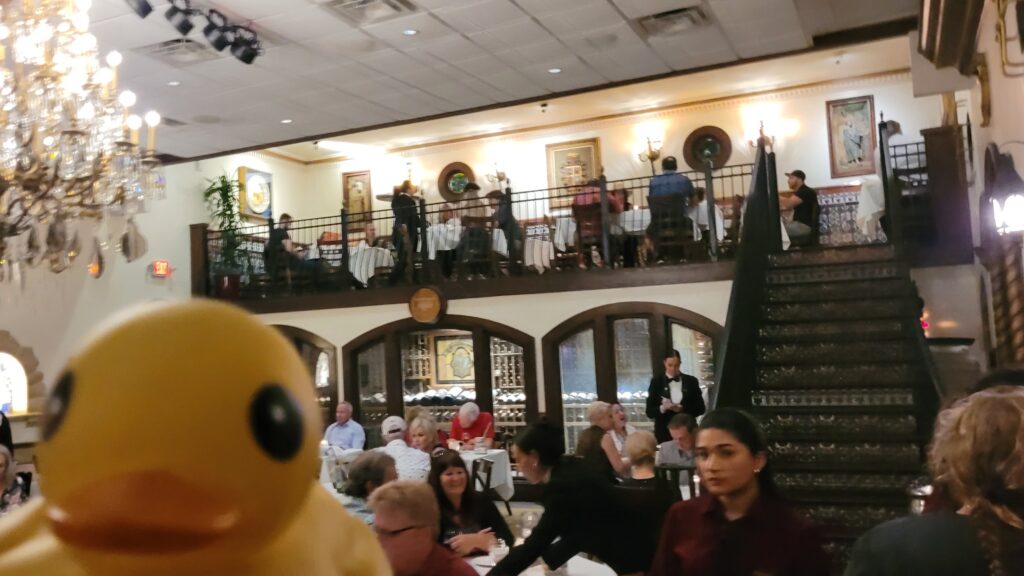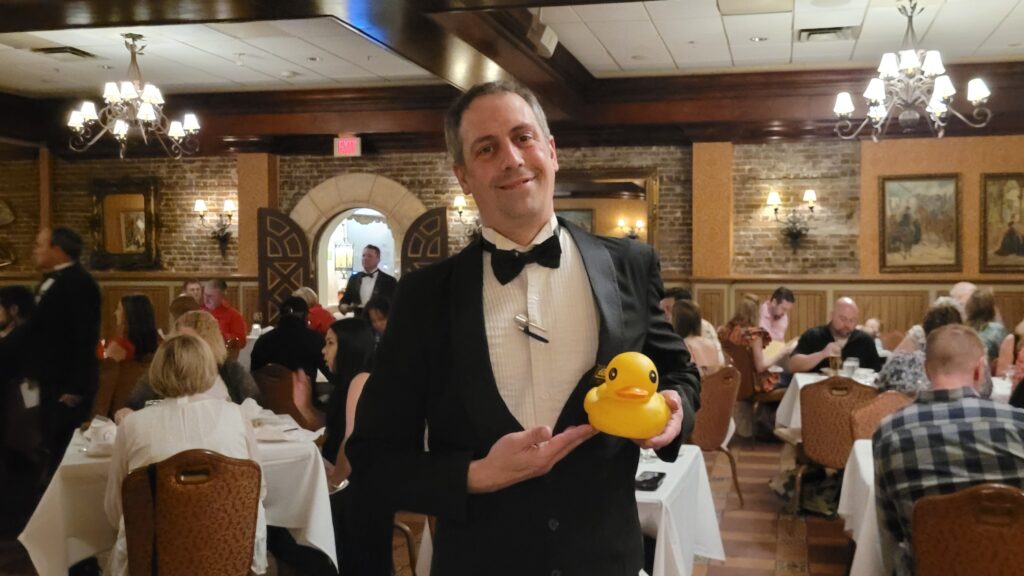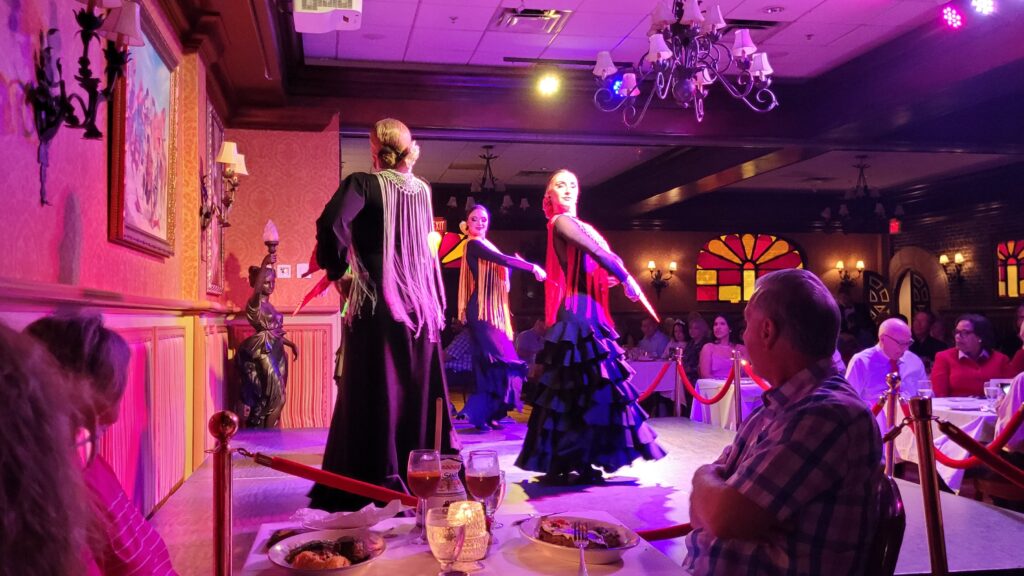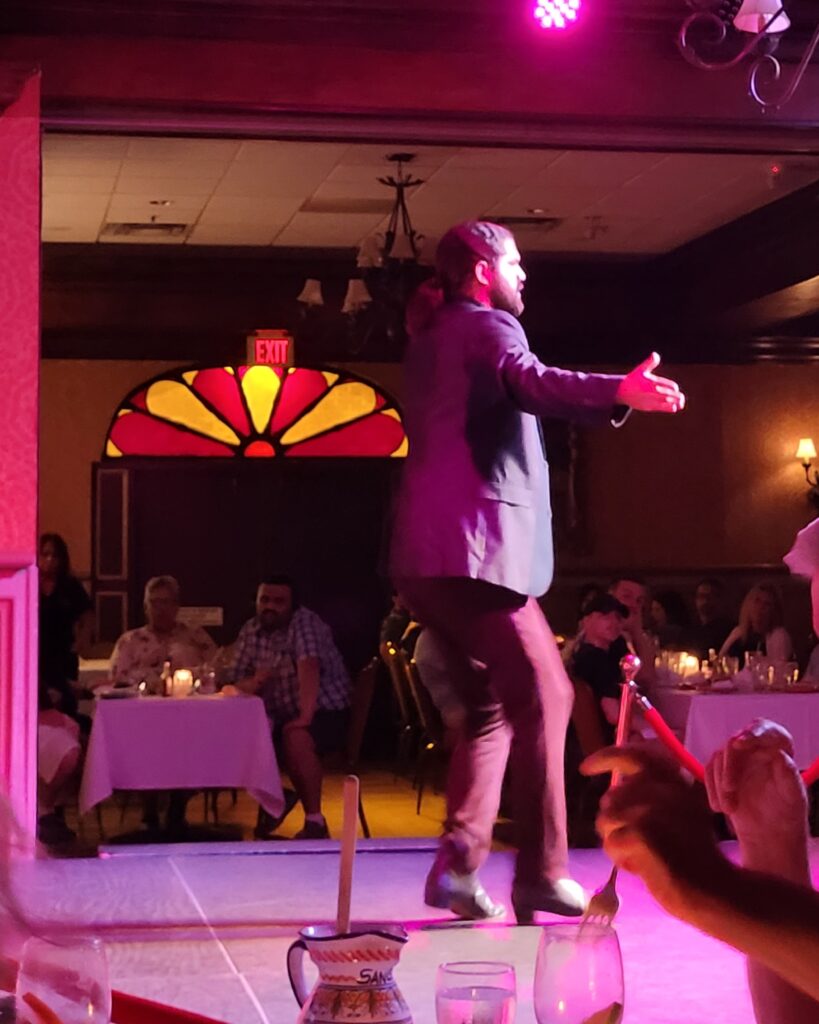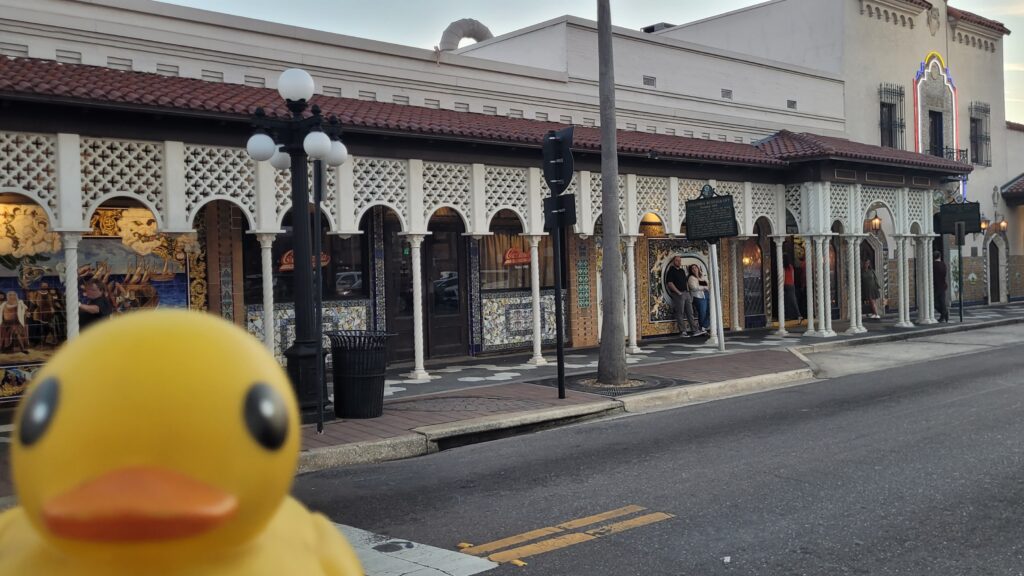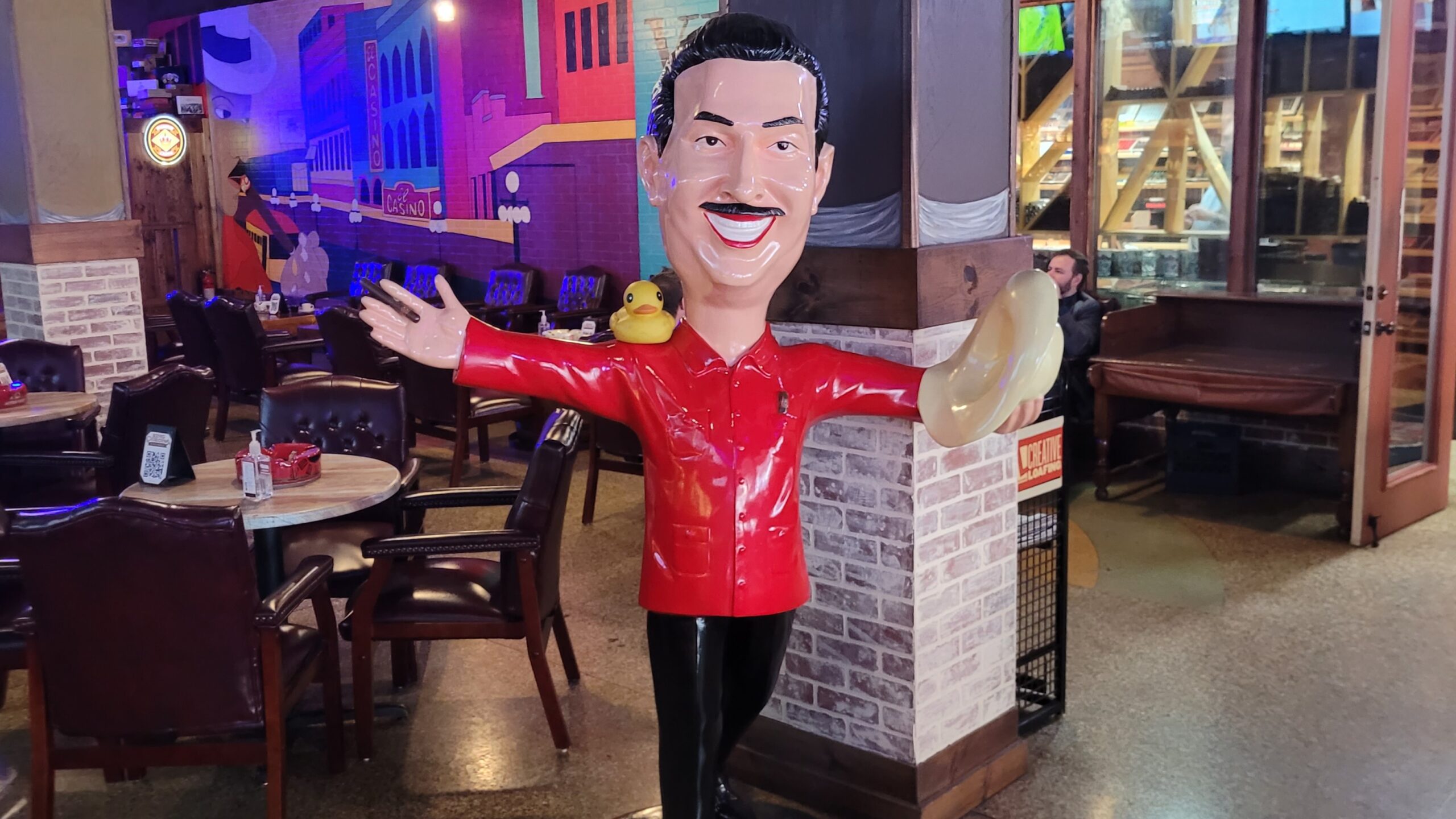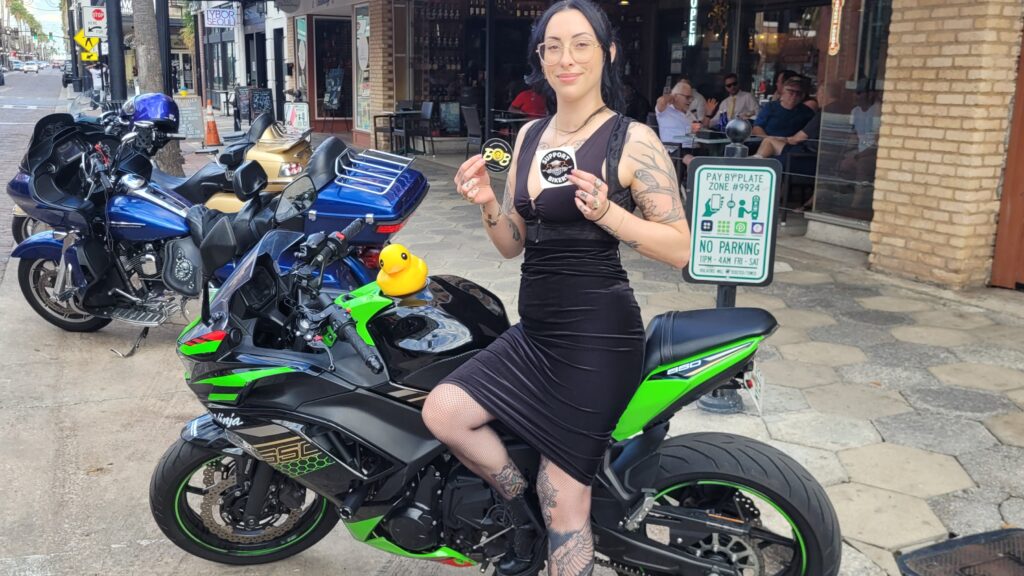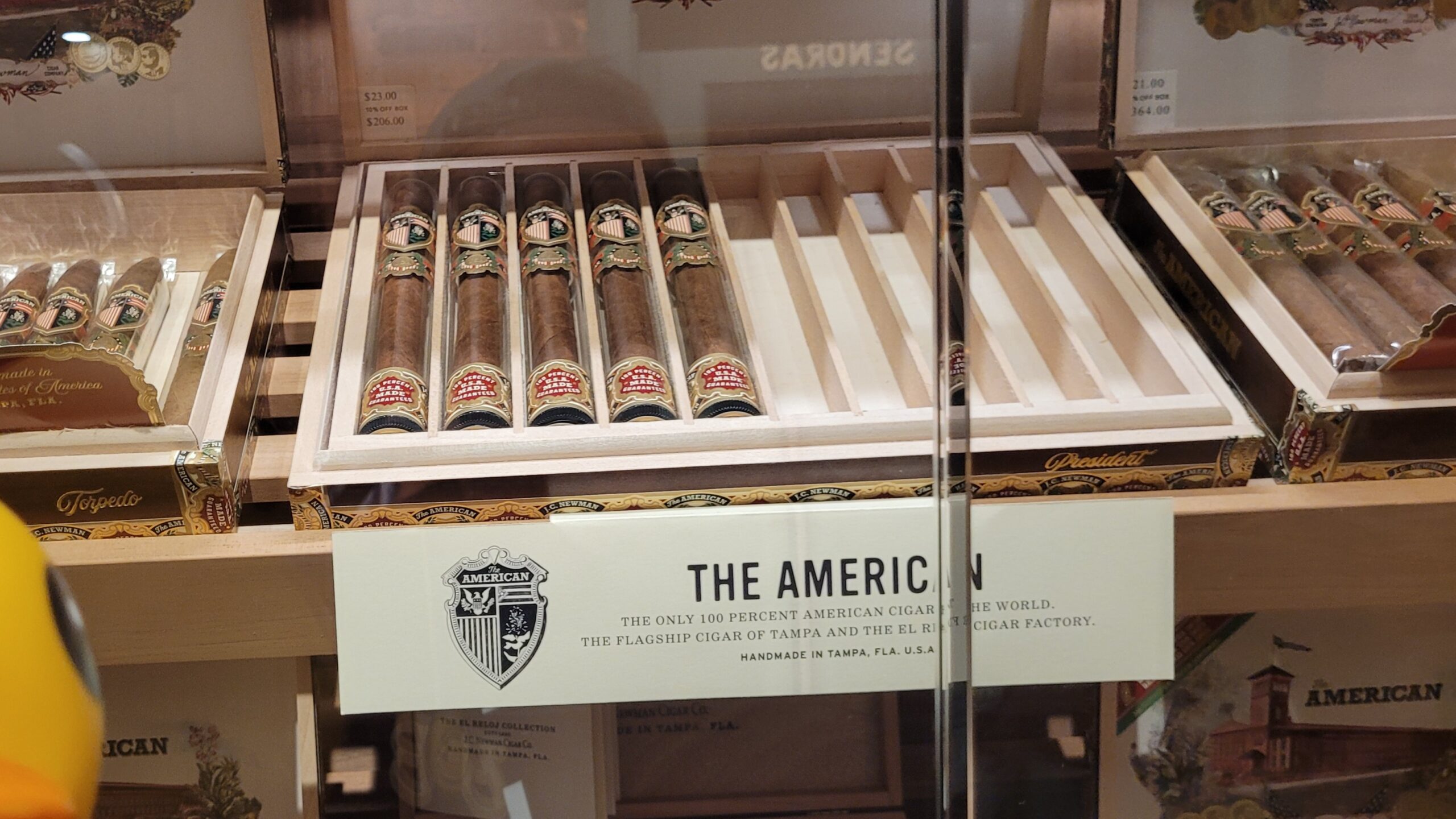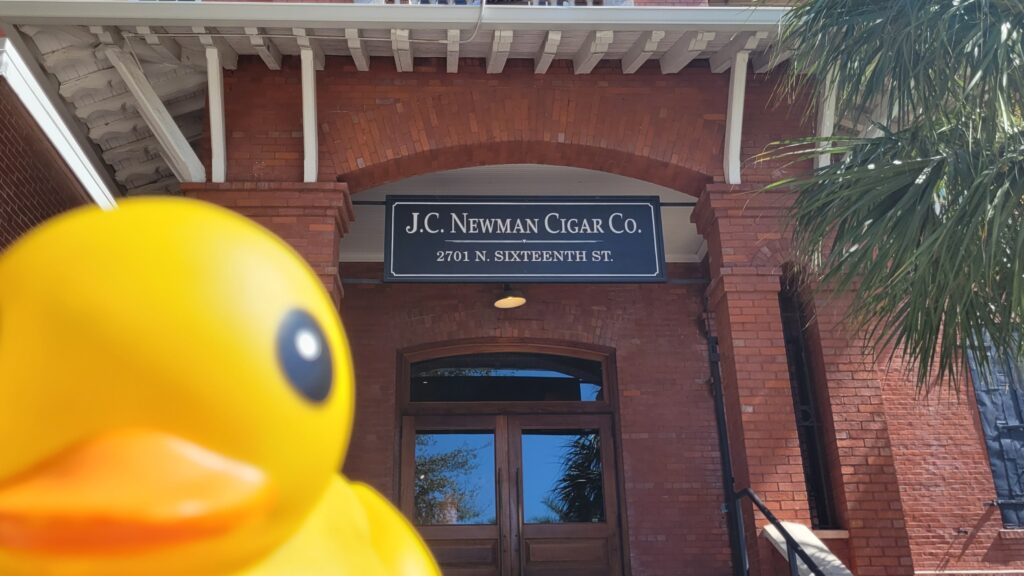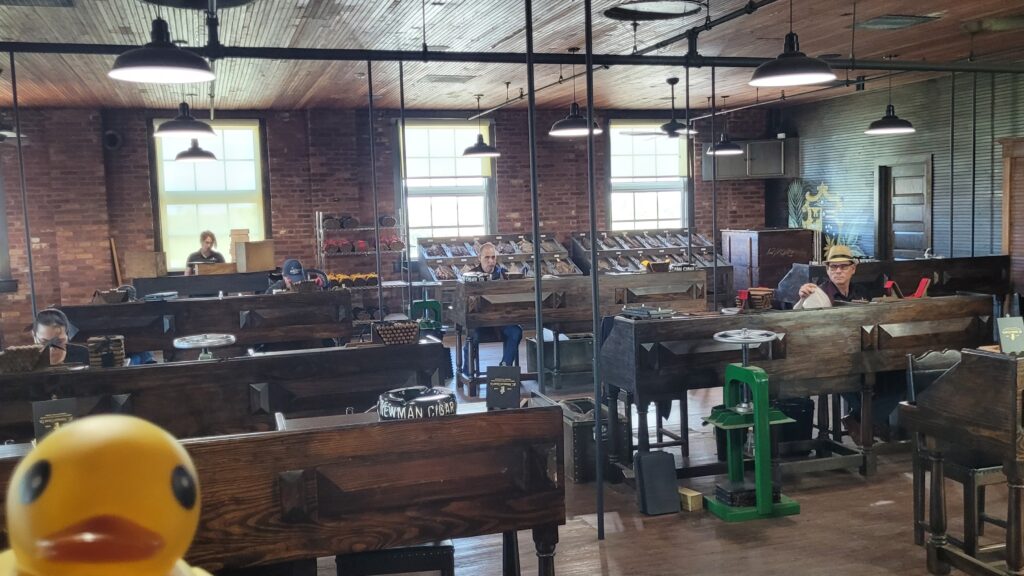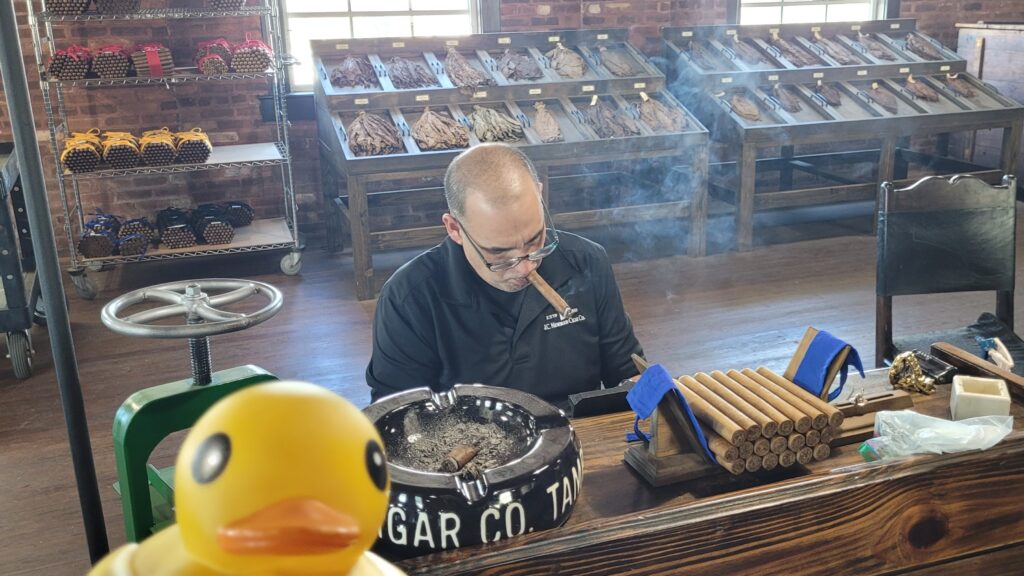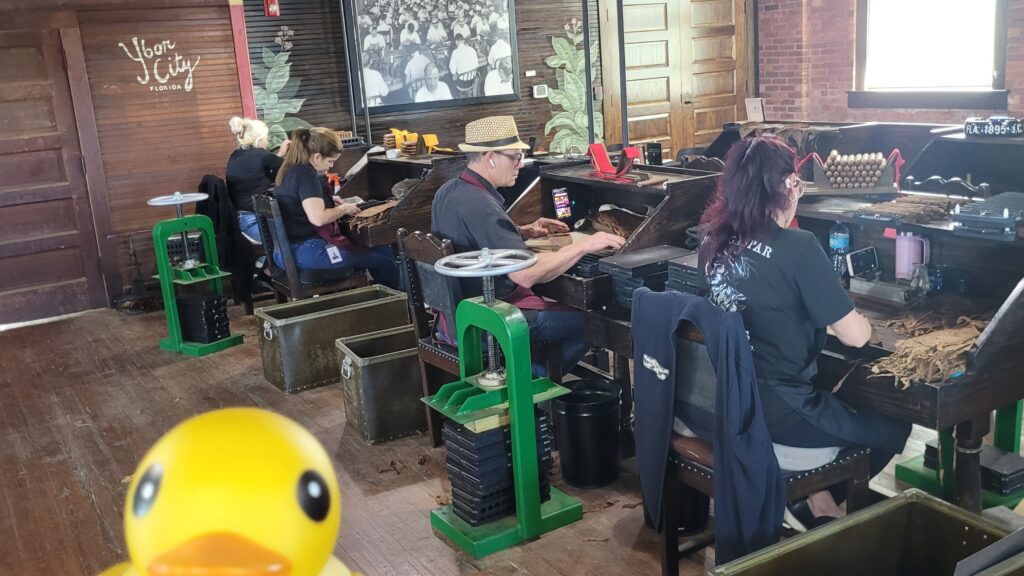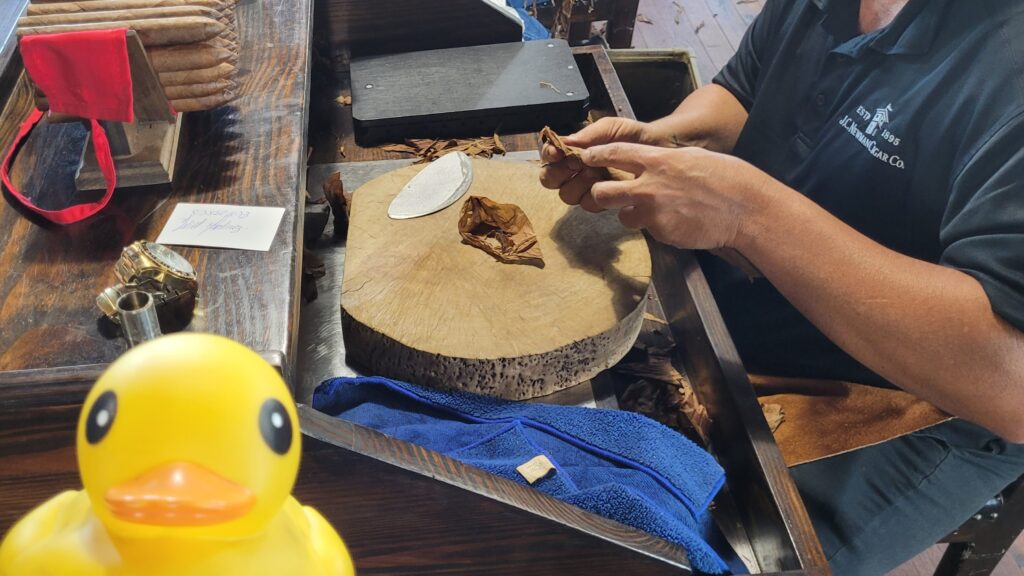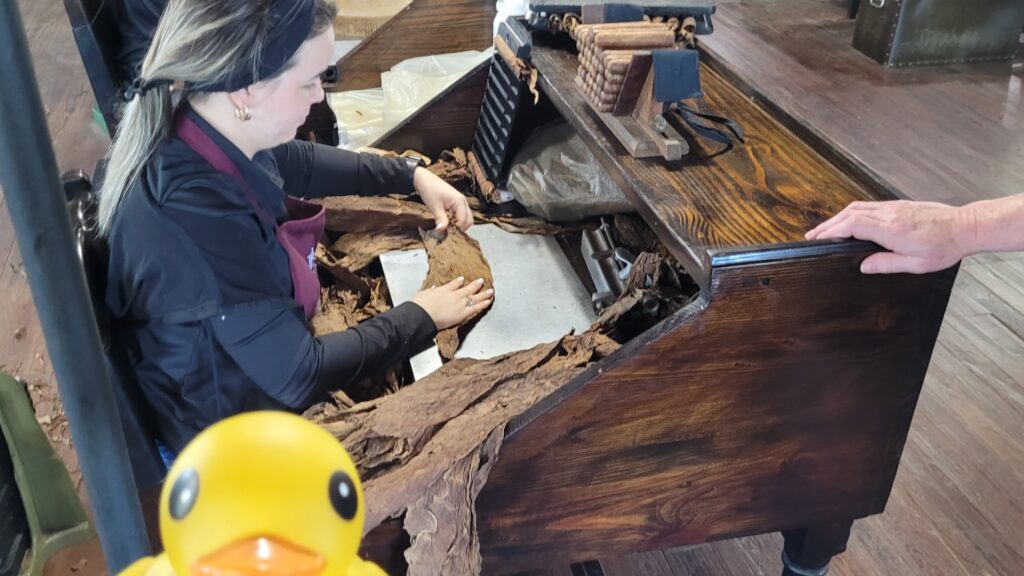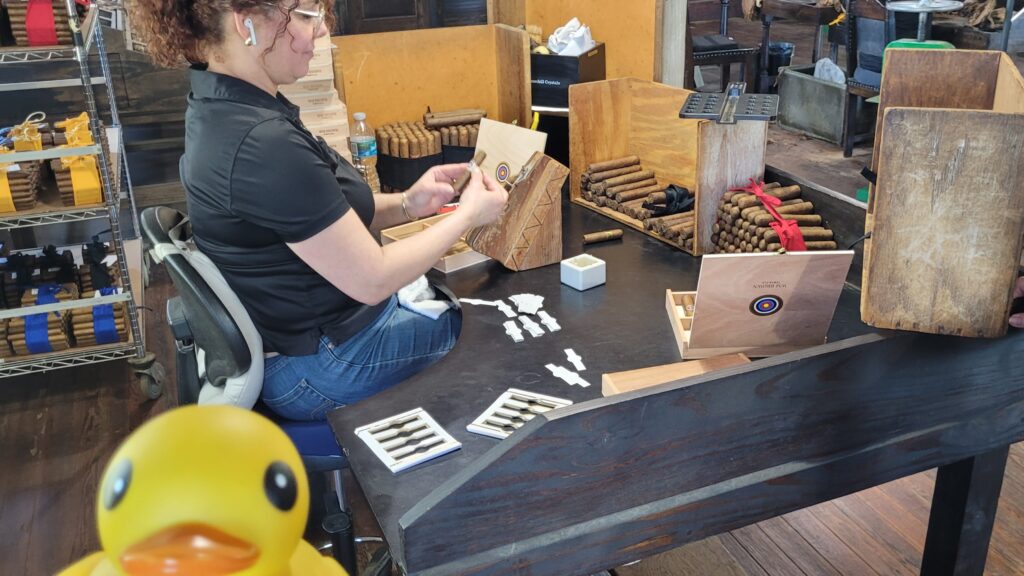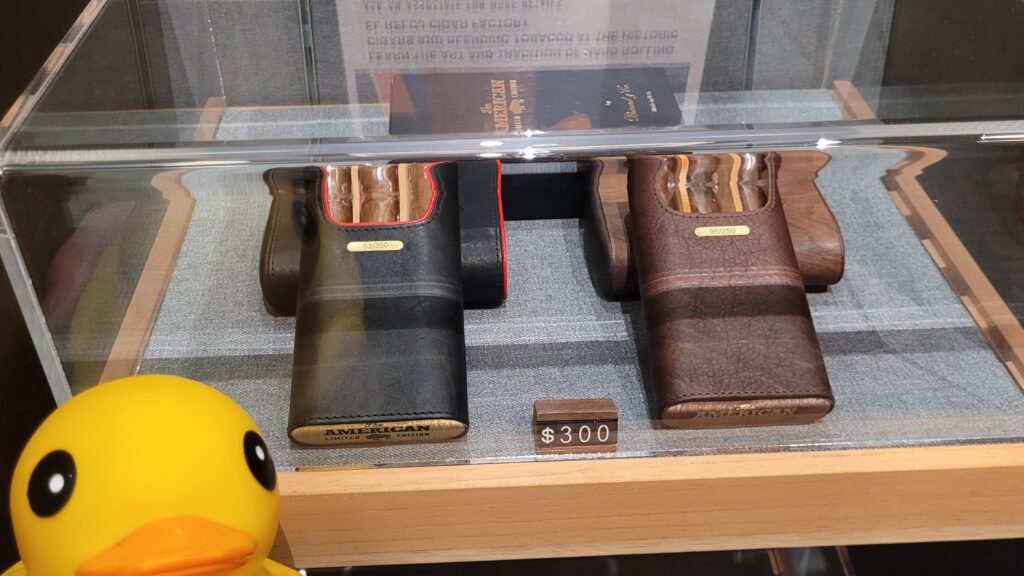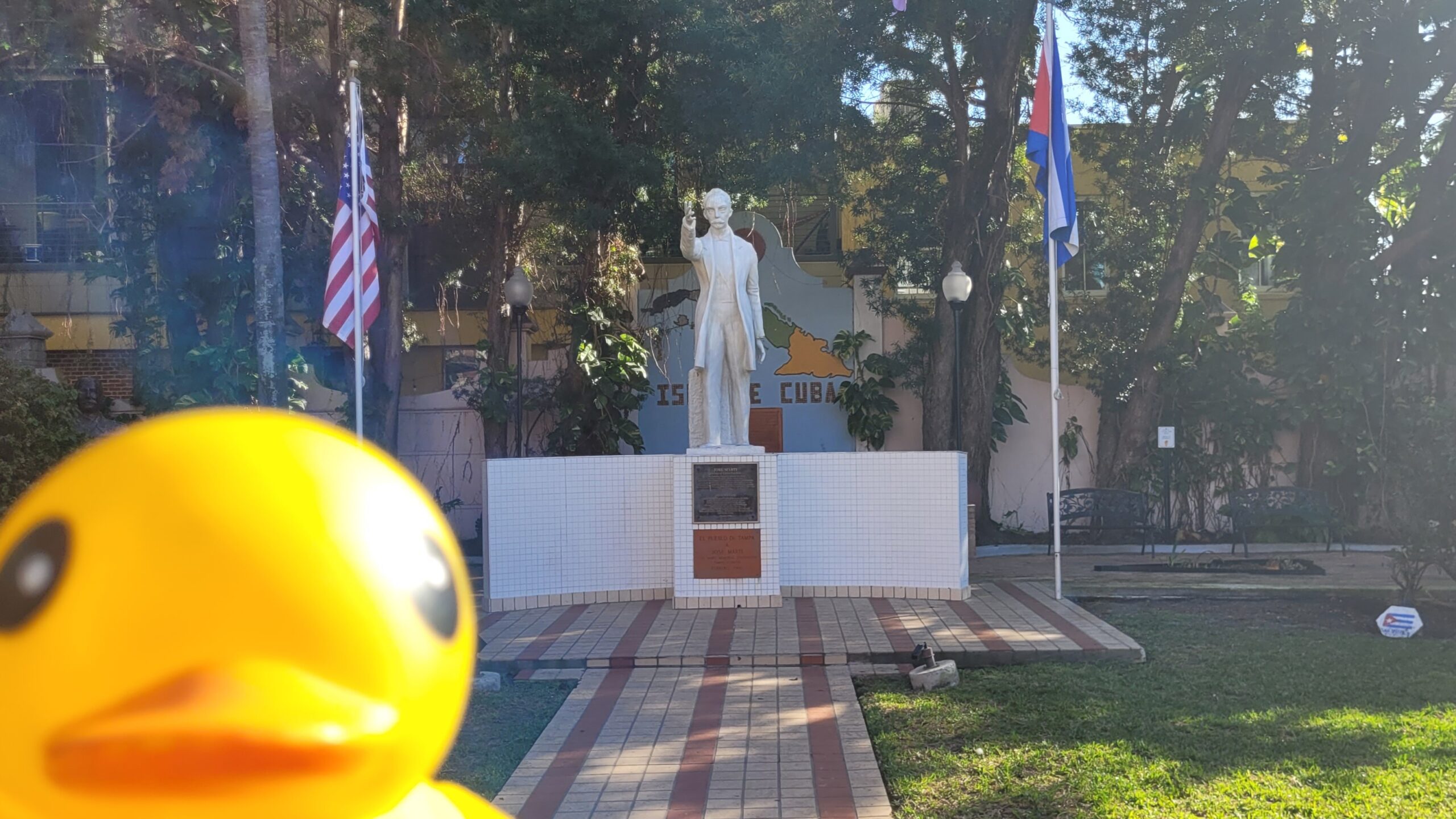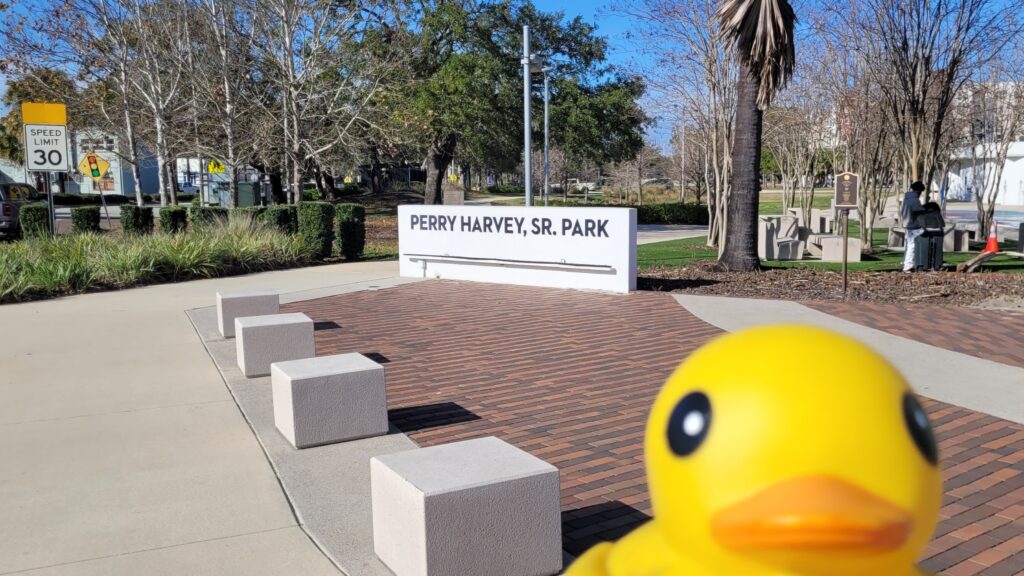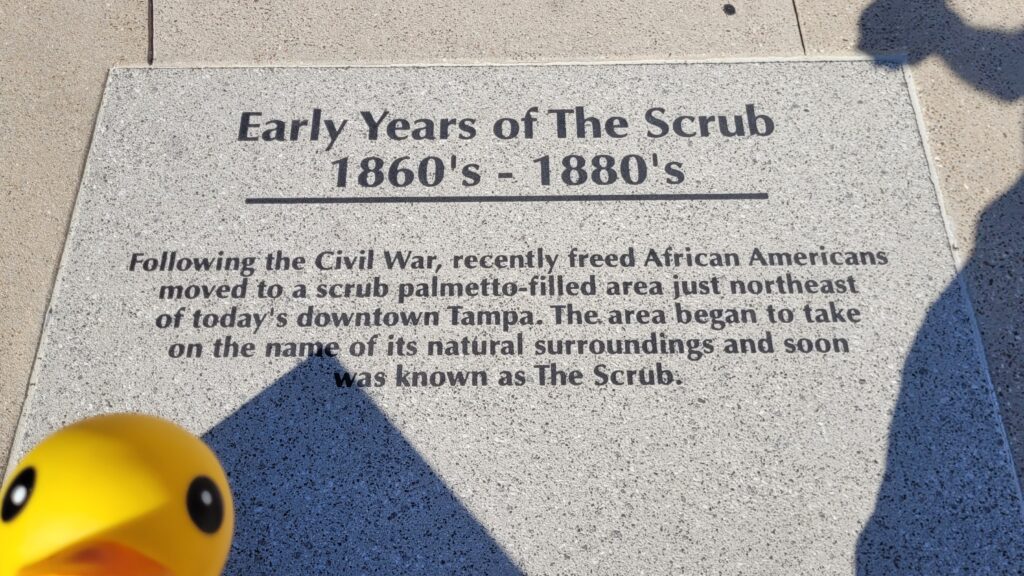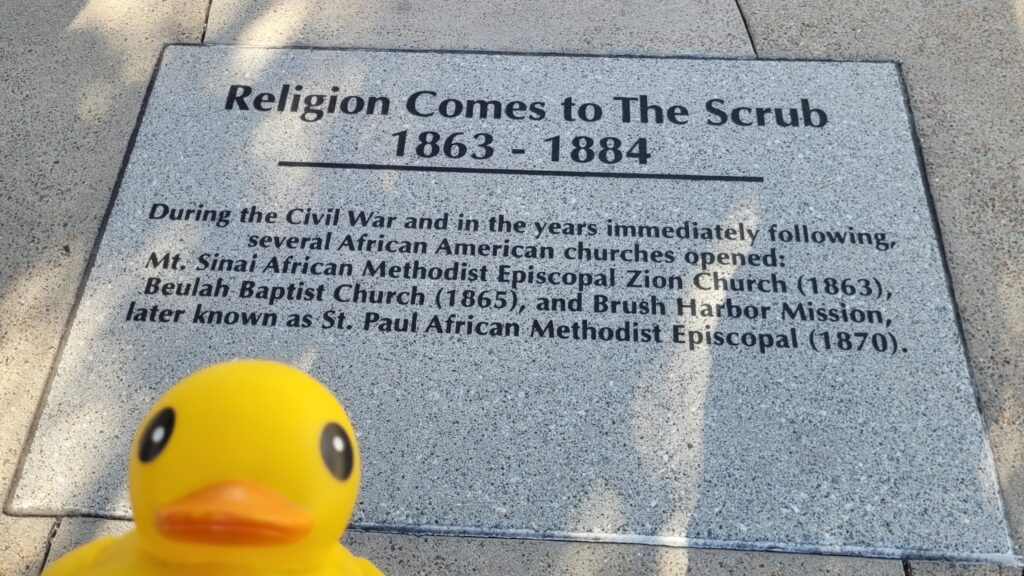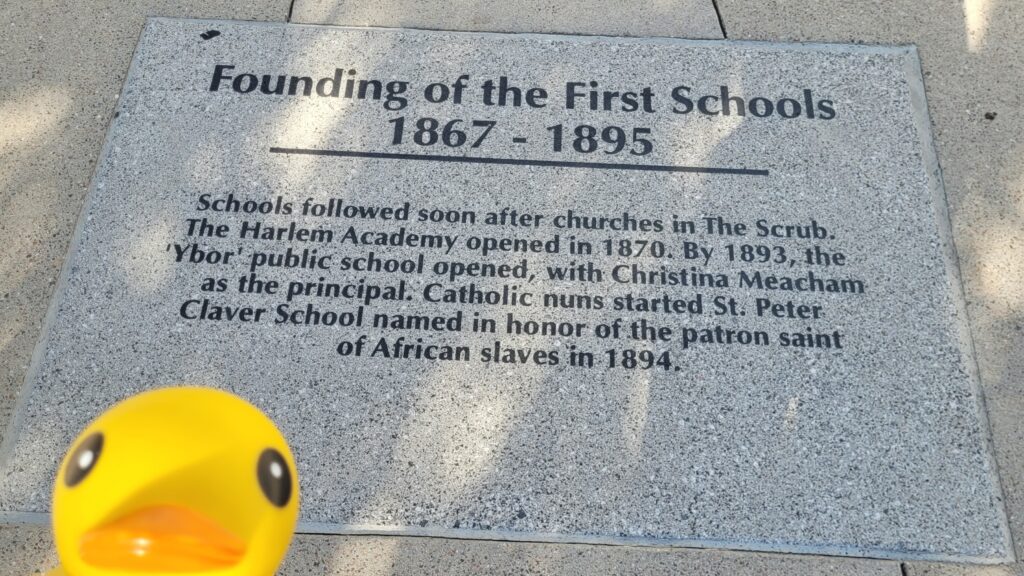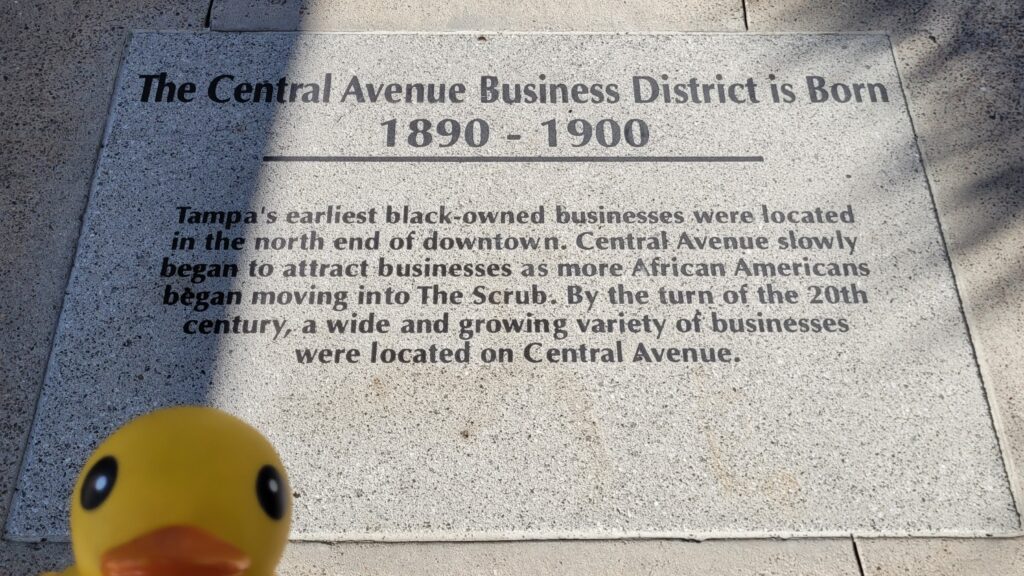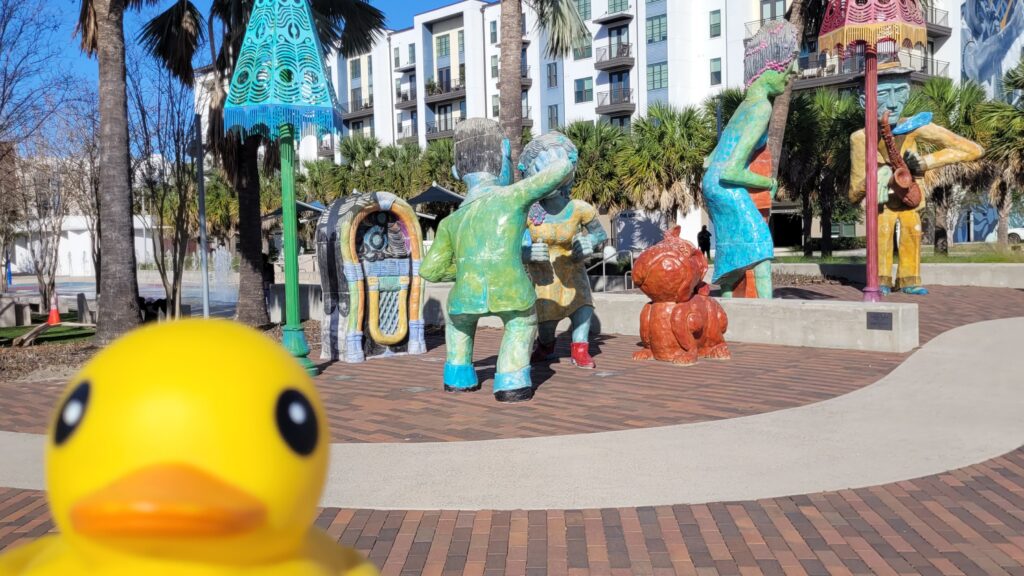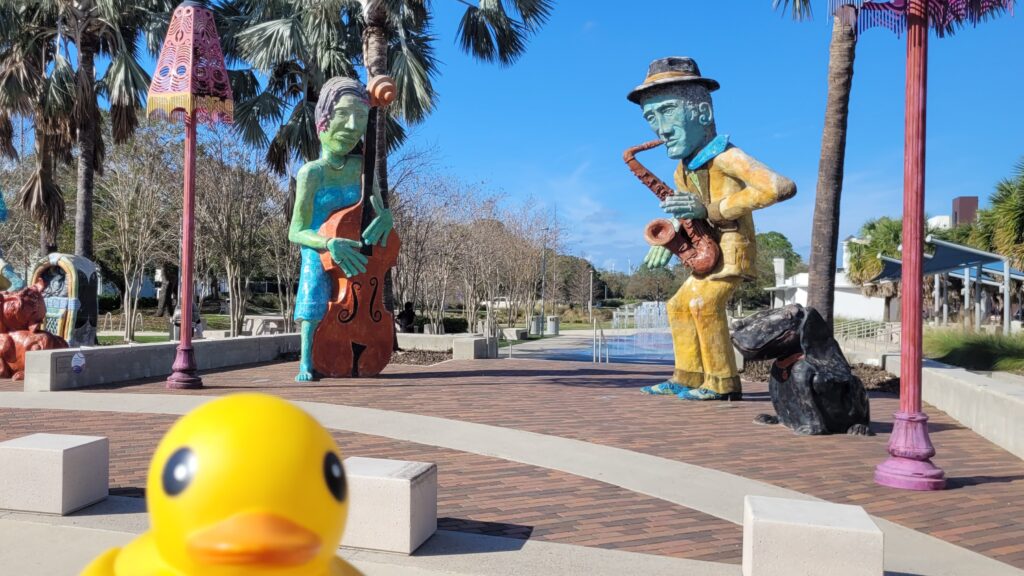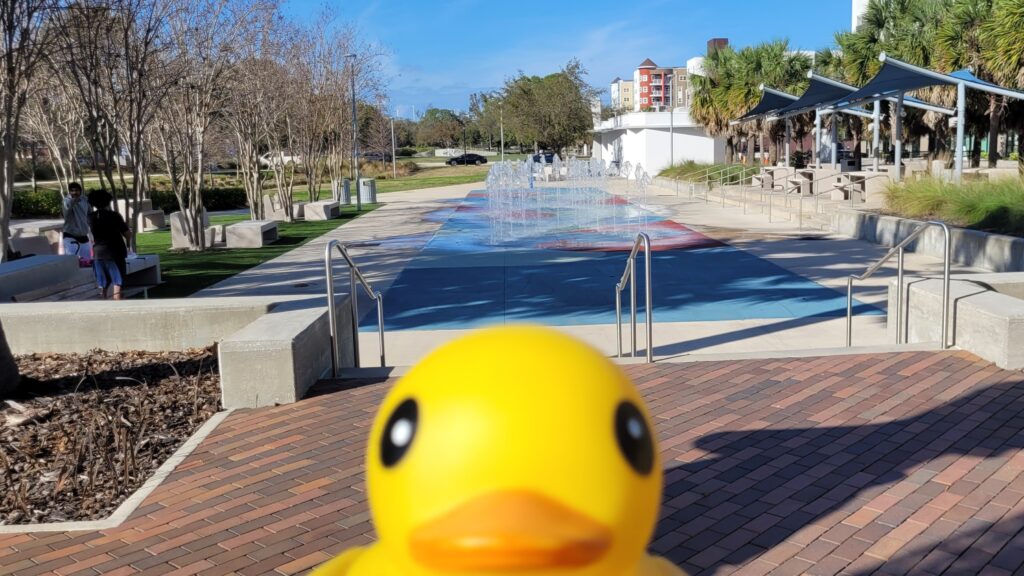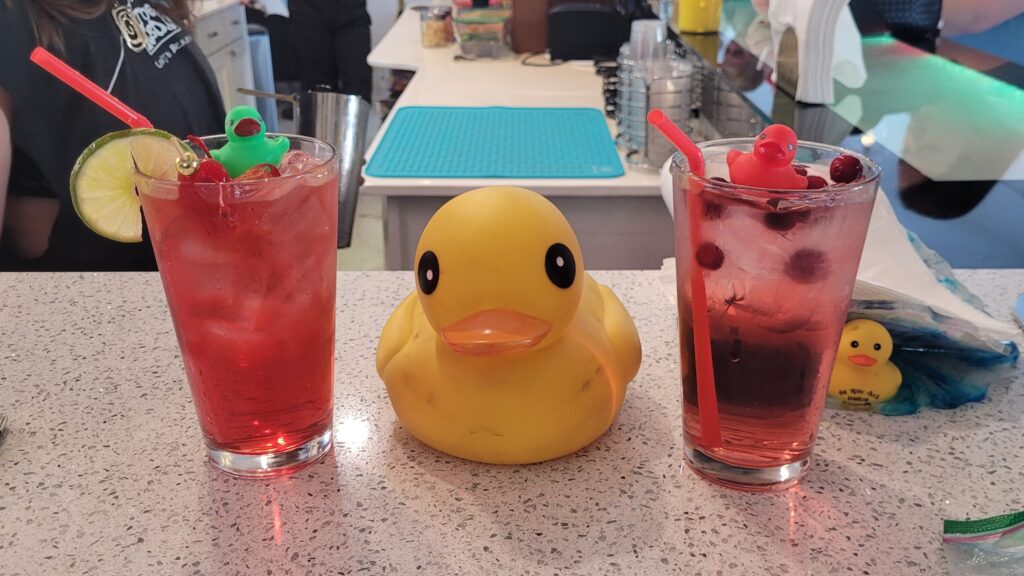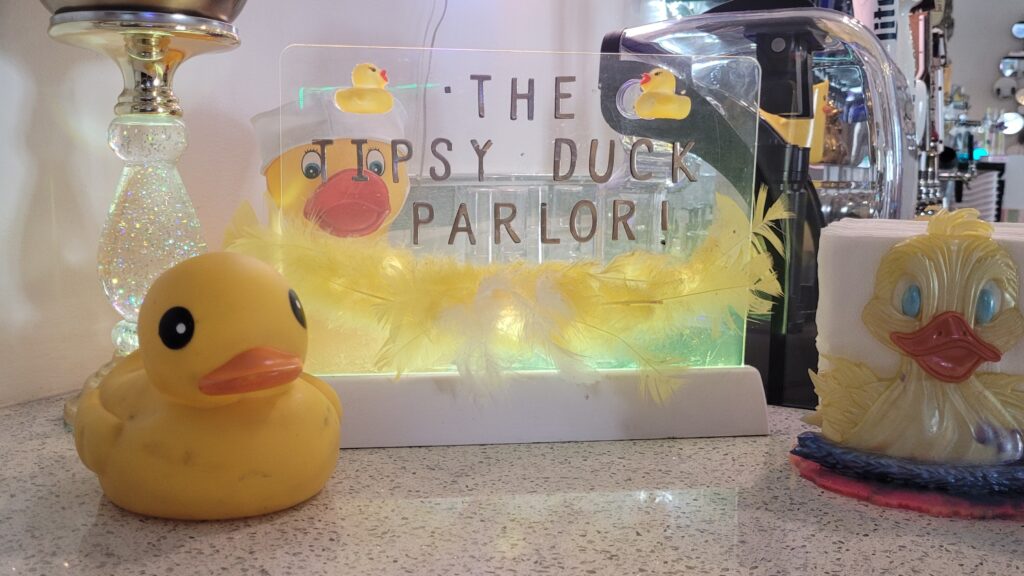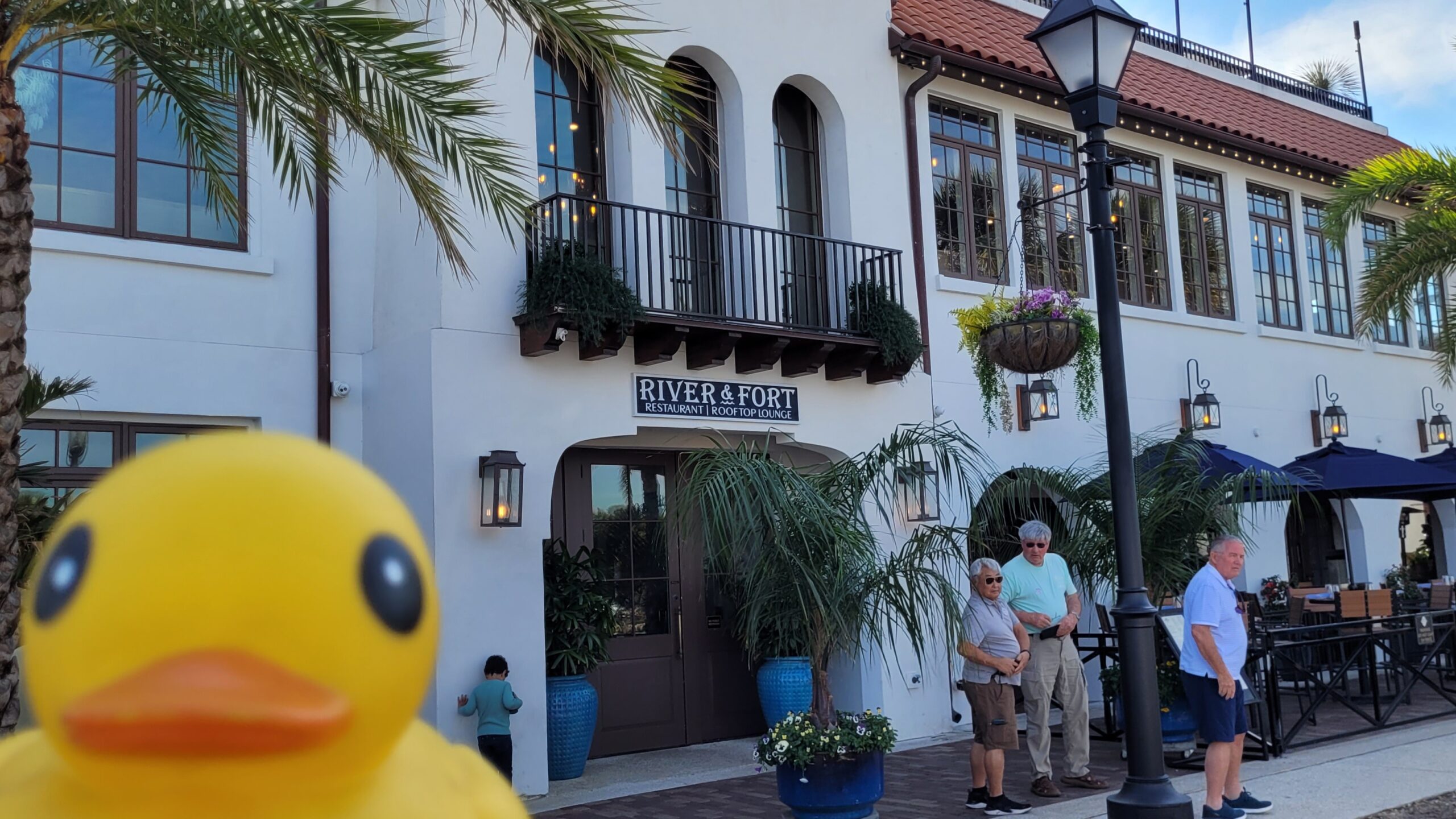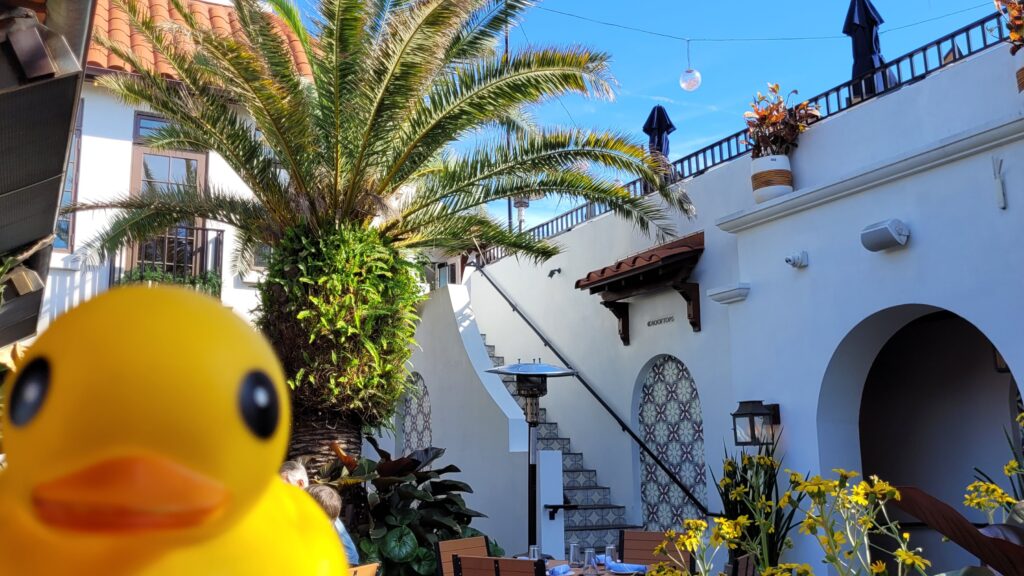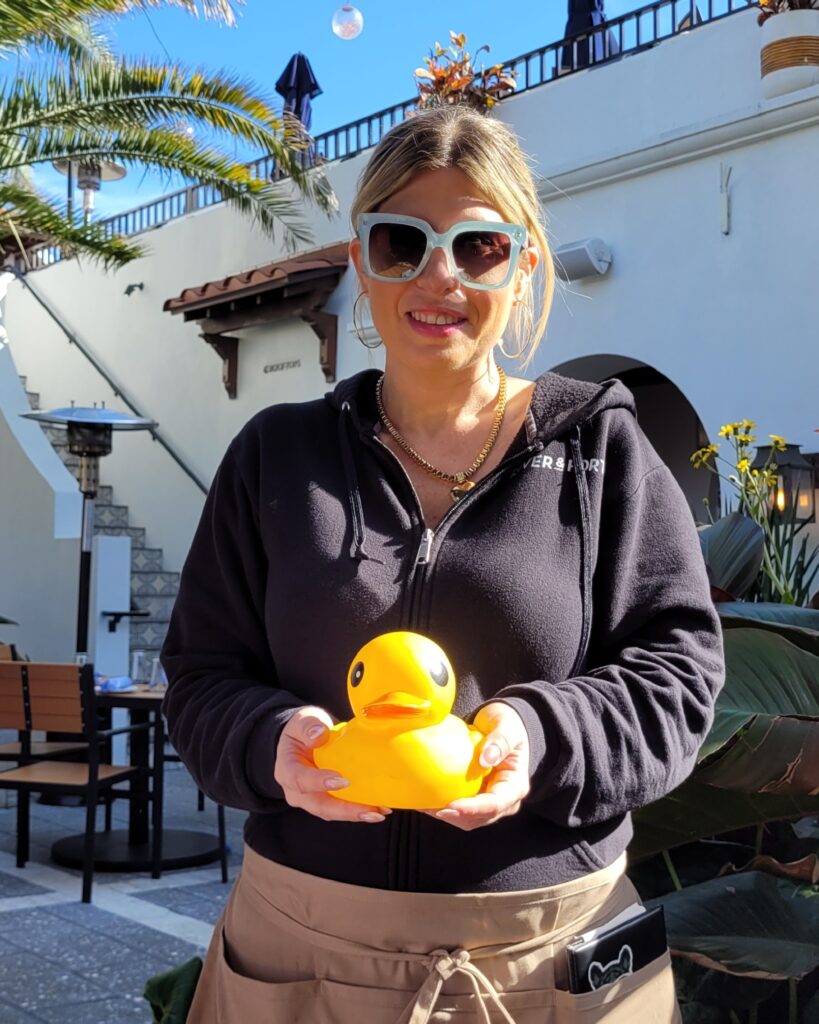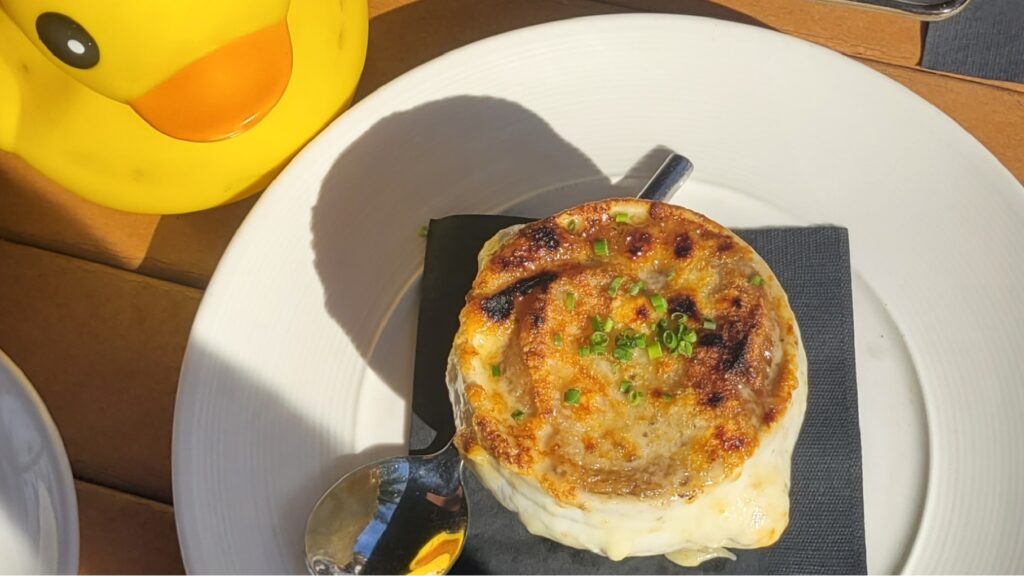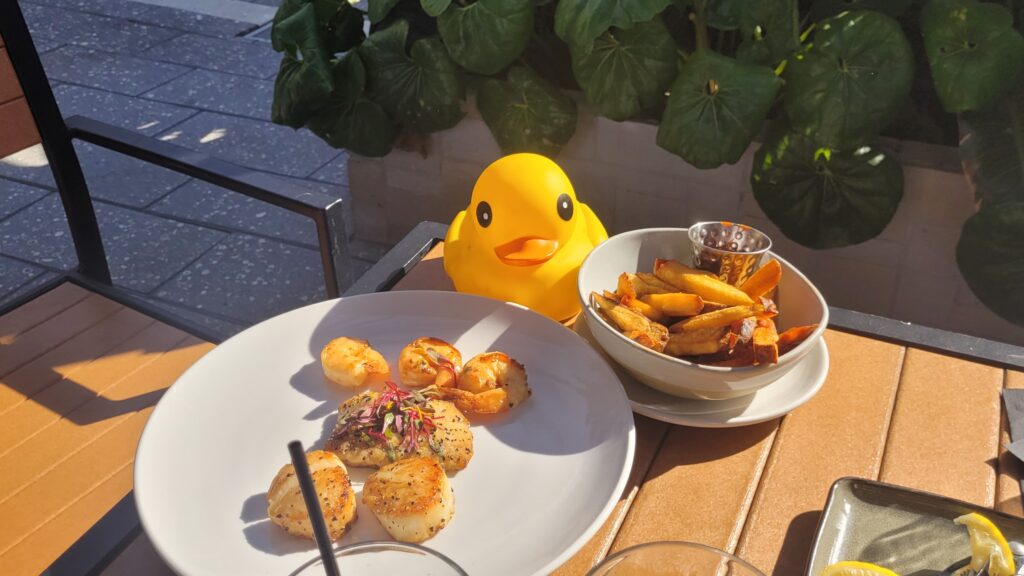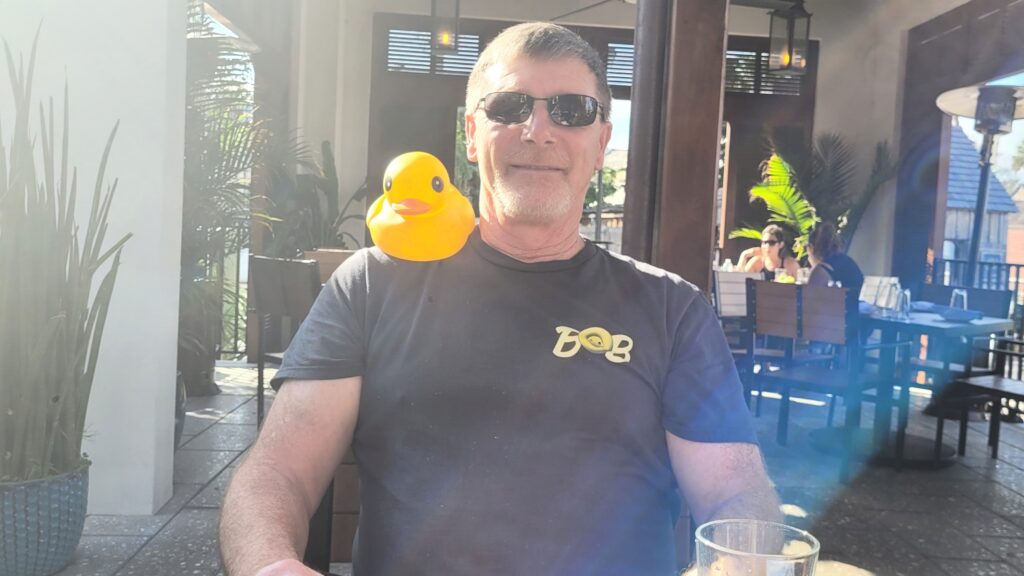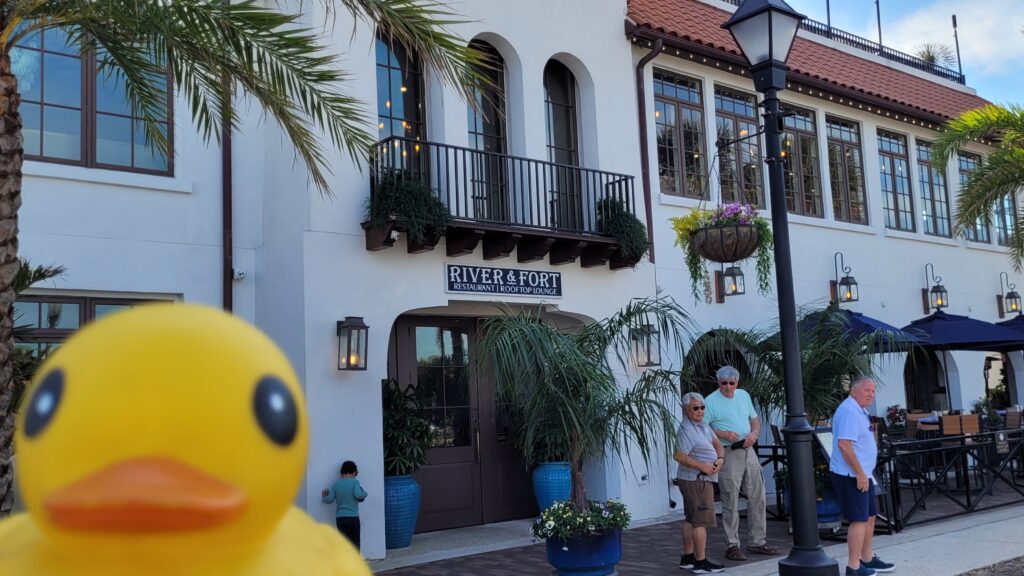Hello, fellow adventurers! Today, I am sharing my latest splashing escapade in the unique and vibrant Key West, Florida. This paradise is home to the renowned Southernmost Point Buoy, a colourful landmark with a rich history that has drawn visitors from all corners of the globe for well over 100 years.
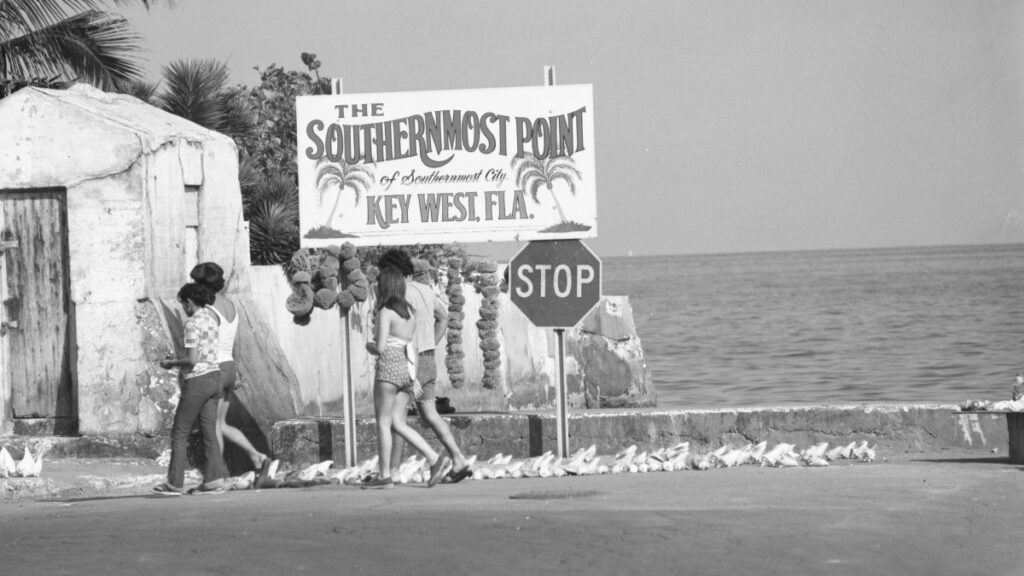
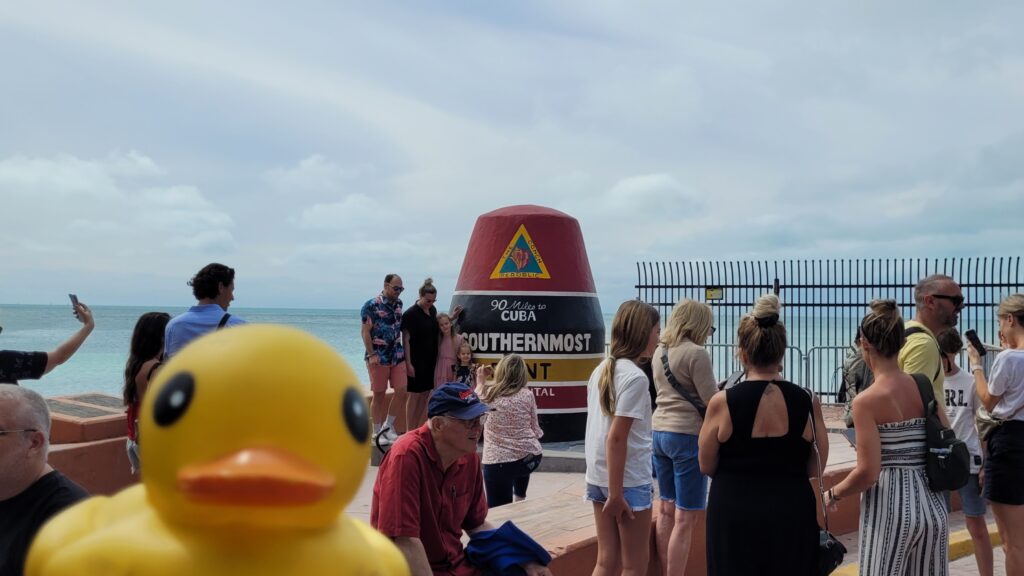
My adventure begins with a dive into the rich history of Key West. Before the influx of tourists, this area was inhabited by the Calusa and Tequesta tribes. The name “Key West” is derived from the Spanish “Cayo Hueso,” which means “Bone Key,” a reference to the numerous bones discovered here. In the early 19th century, Key West emerged as a significant center for shipwreck salvage, cigar production, and sponge fishing, marking its historical importance. Surprisingly, by the mid-1800s, it was the wealthiest city in Florida!
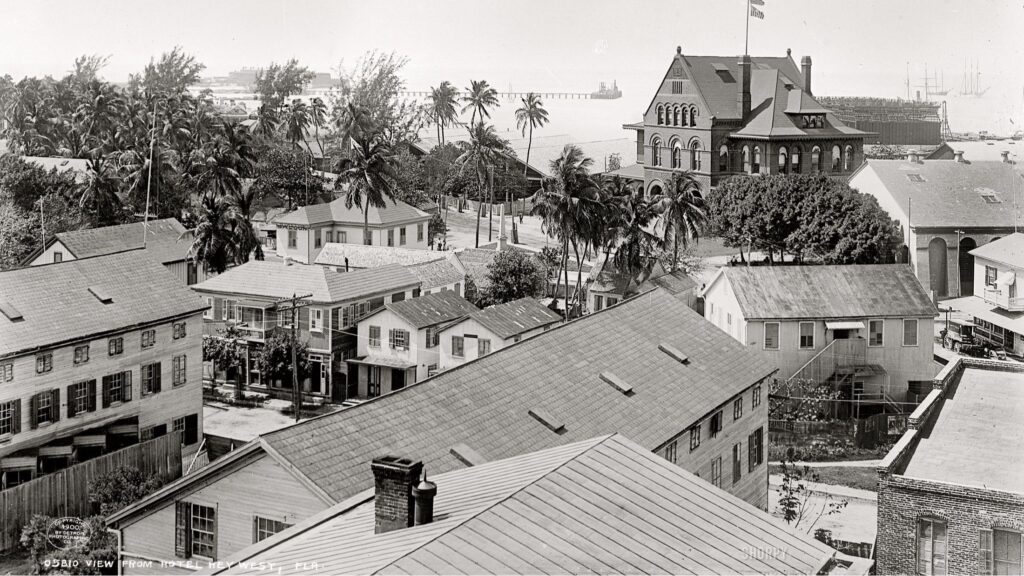
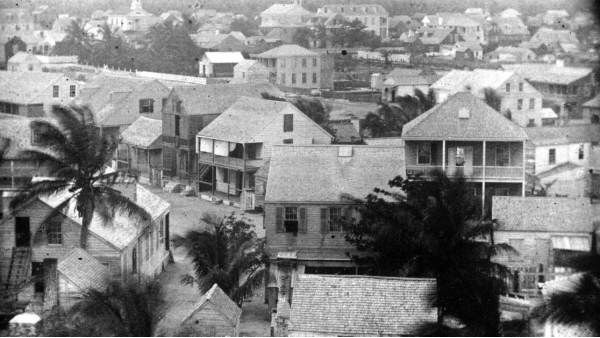
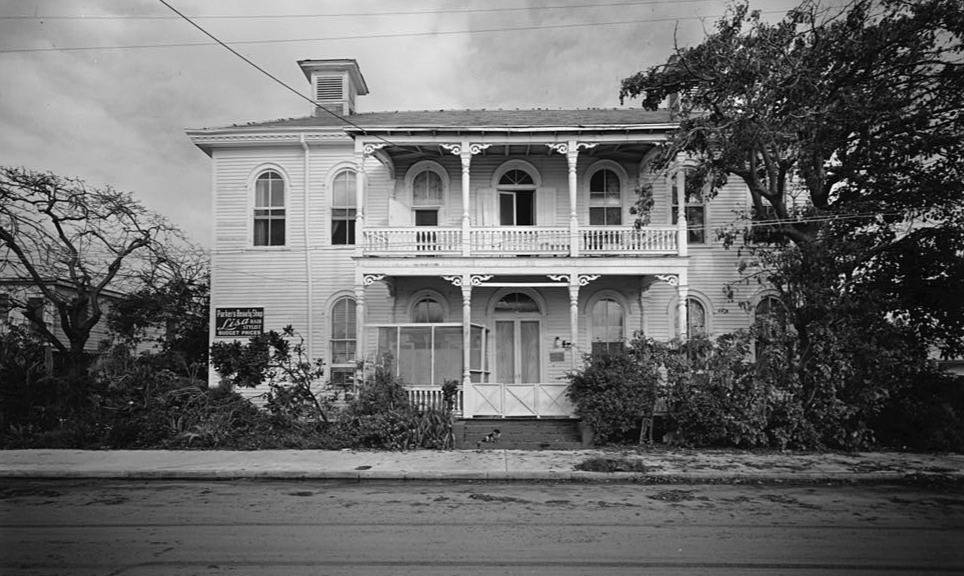
As I floated through the historic streets, I was captivated by the unique architecture surrounding me that spanned many historical years of Key West.
One of the standout structures is the Edwardo H. Gato House, a stunning example of Queen Anne architecture dating back to 1894. Edwardo H. Gato, Sr.. was not just a historical figure; he was a local leader and passionate Cuban patriot who advocated for figures like José Martí in the fight for independence from Spain. The Edwardo H. Gato House stands as a testament to his legacy, a living connection to the past. Upon his arrival in Key West in 1874, he transformed the area from a simple fishing village into a vibrant center, driving the Cuban tobacco industry forward—his cigar factory even became the largest in Key West!
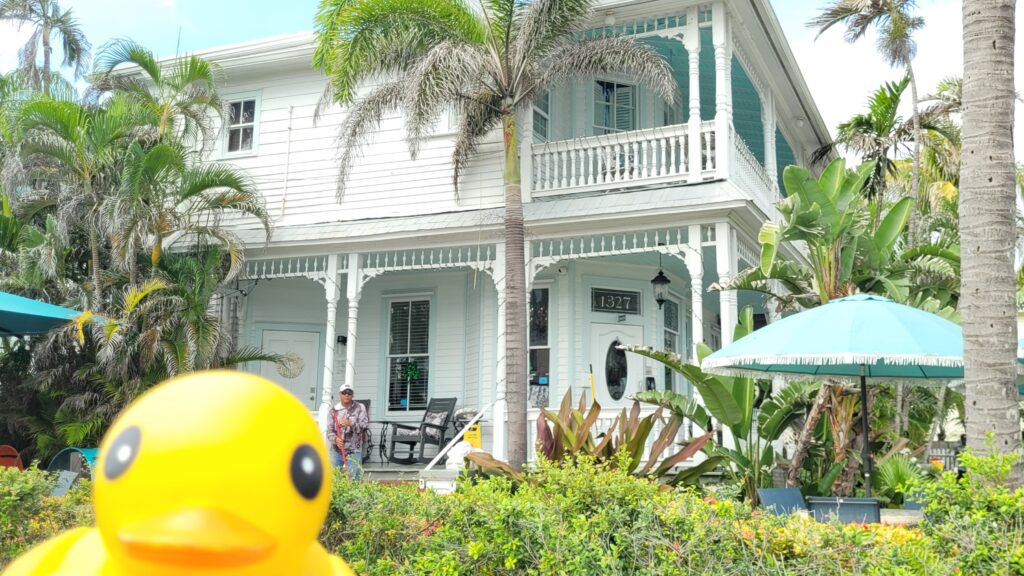
Just a hop, skip, and a splash down the street, you’ll find the charming Harris House. Picture this: on April 2, 1891, two notable families—the Harris and the Curry—came together in a union that felt like a whimsical wave crashing together. Here, J. Vining Harris, Jr. married Florida E. Curry, merging two influential families of the late 19th century Key West scene, whose legacy continues to shape the history of this vibrant city.
In 1906, Vining made a savvy purchase of property on South Street for a mere $3,500. He built three adorable Queen Anne-style homes, like little boats bobbing in a sunny harbour—perfect for family gatherings!
Today, the Harris House shines as a cherished gem, blending history with family legacy. Its place on the National Register of Historic Places since 1983 speaks volumes about its importance to Key West’s rich narrative.
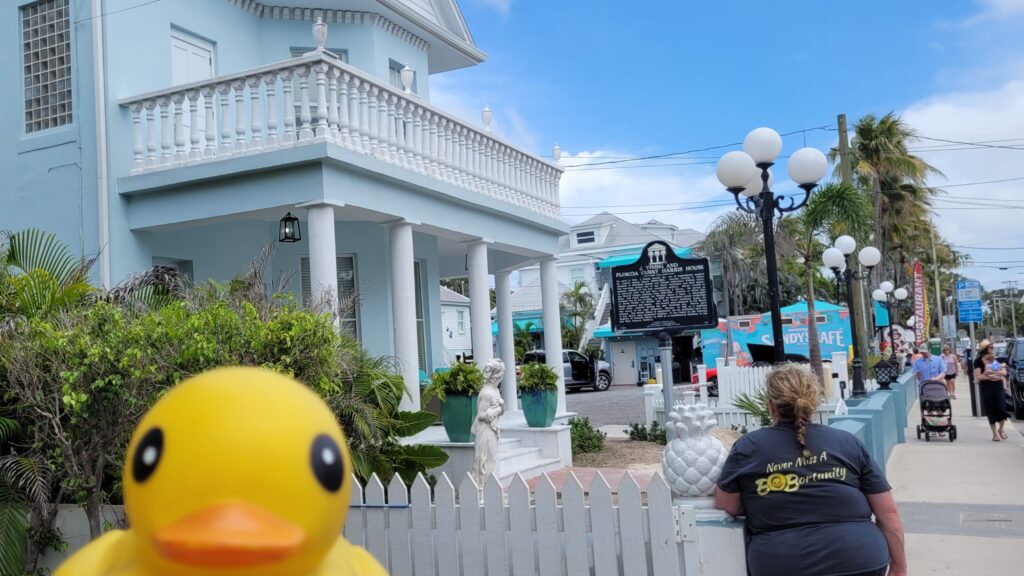
A beautiful statue, a visual masterpiece dedicated to the unforgettable Bishop Albert Kee, is not far down the road. Kee, a local legend until his passing in 2003, was the friendly face at the Southernmost Point, selling beautiful fluted conch shells to every passerby. He and his dad spent over 50 years, a testament to their unwavering dedication, welcoming visitors with conch shell demonstrations and showcasing the rich multicultural vibe that makes this island unique.

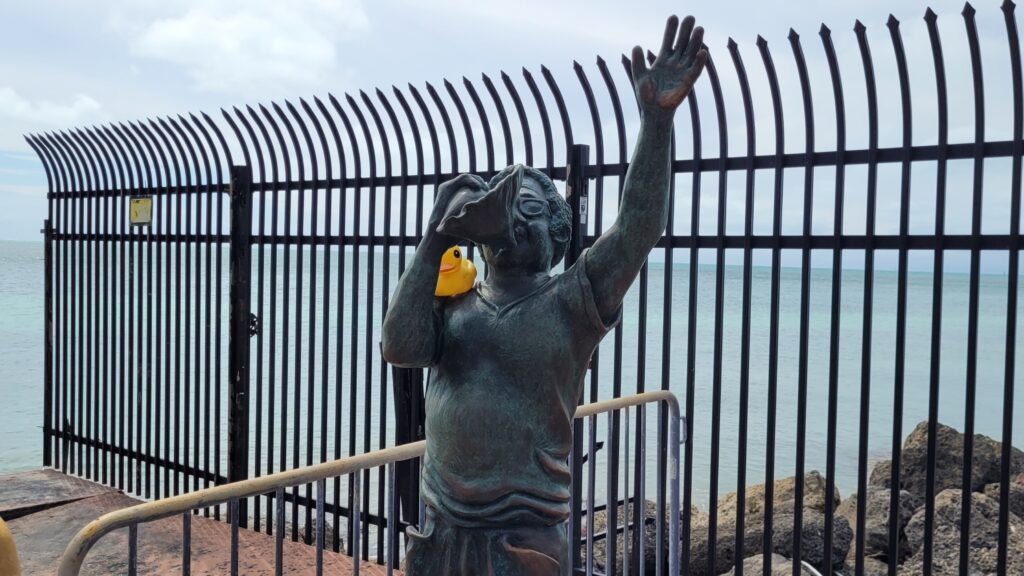
And what could be the cause of the excited gathering of humans? They were all making their way to the Southernmost Point marker, just like me! Erected in 1983, this buoy marks the southernmost point of the continental U.S., a mere 90 miles from the shores of Cuba. It’s not just a buoy; it’s a symbol of history and connection. It has become an essential stop for travellers eager to grab that iconic photo with the vibrant red, yellow, and black buoy. I’ve witnessed countless tourists pose triumphantly, arms raised high as if they’re closest to the edge of the world!
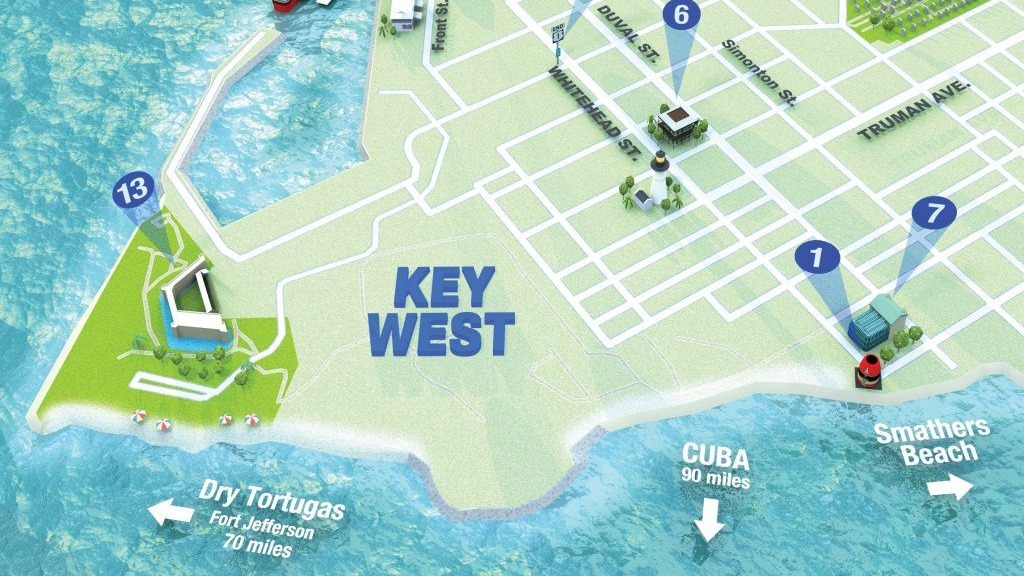
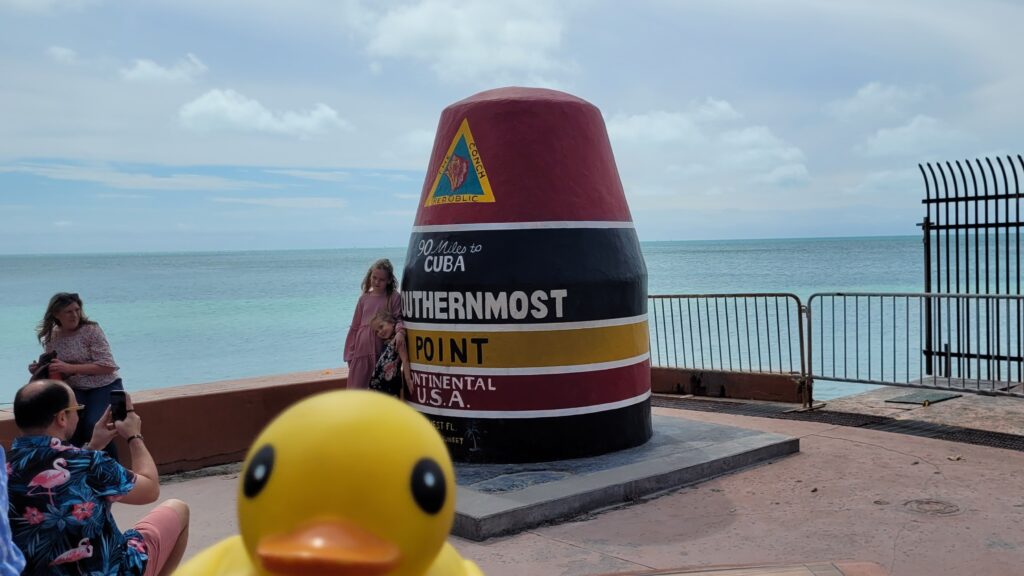
Today, Key West stands as a unique blend of culture, festivity, and undeniable charm. Its streets are adorned with pastel-hued conch-style houses, and the air is filled with the alluring aroma of fresh seafood. This is a place that is truly one-of-a-kind, a unique travel destination that promises an adventure like no other. Just imagine this little rubber duck floating through all the laughter, joy, and history—what a quack-tastic adventure!
NEVER MISS A


